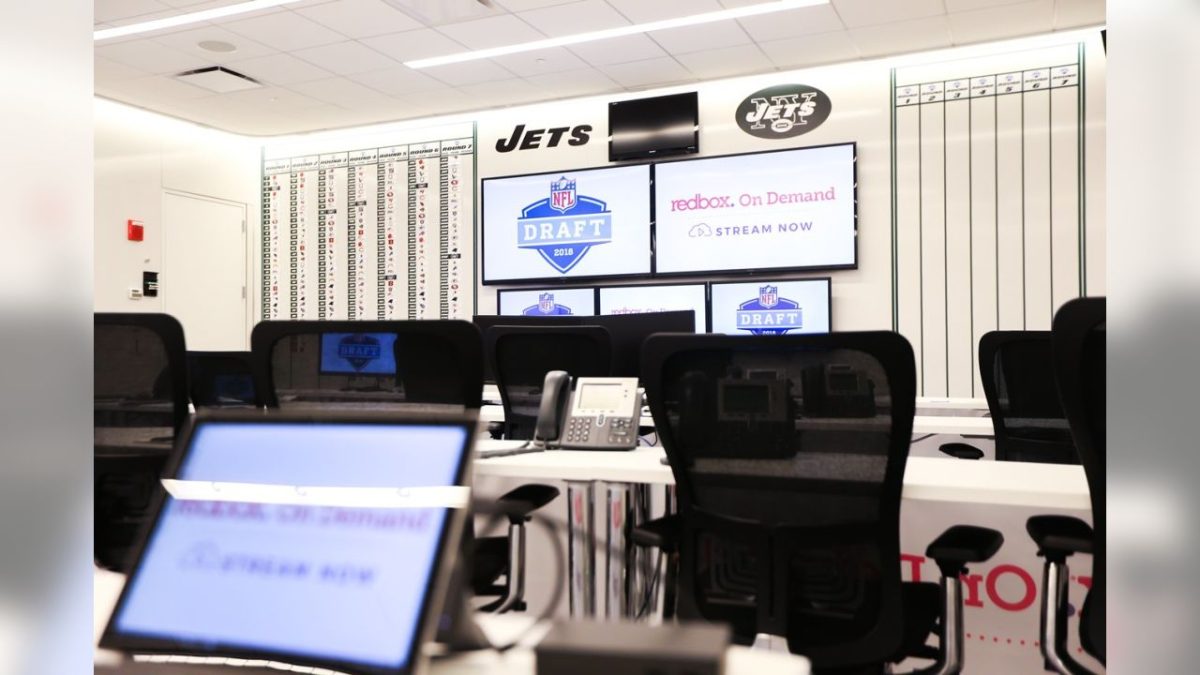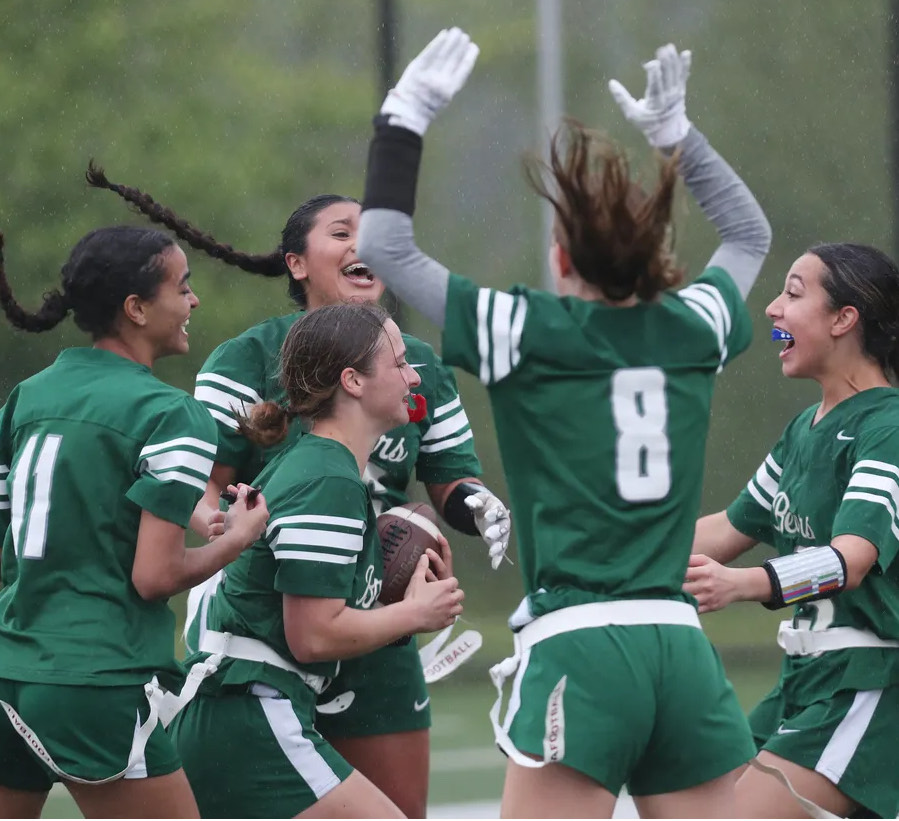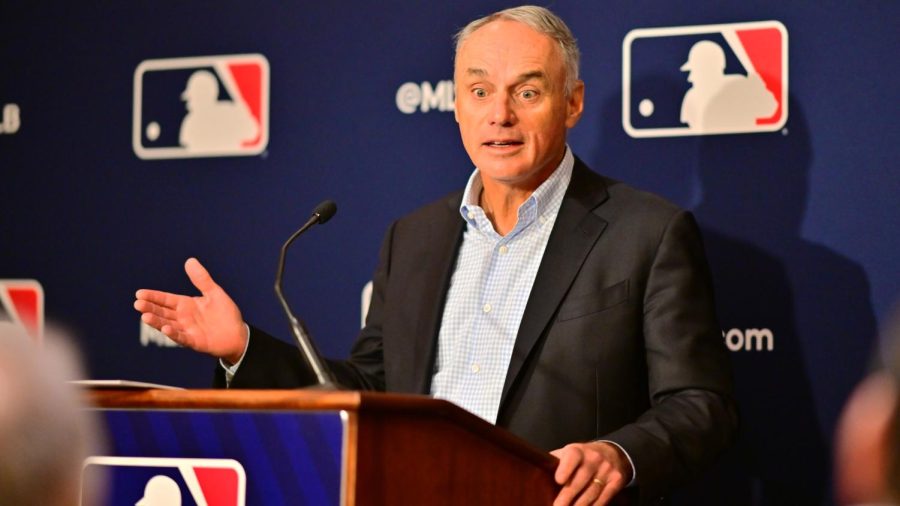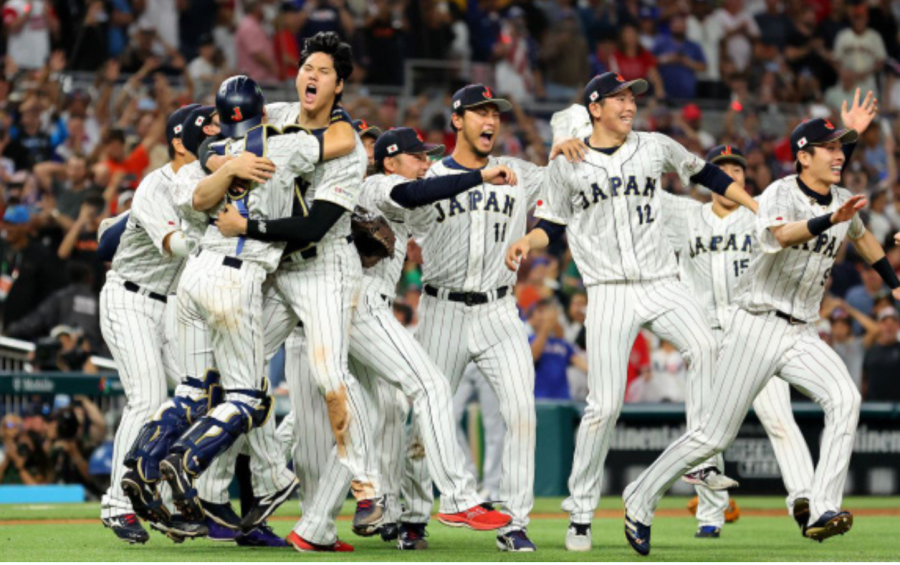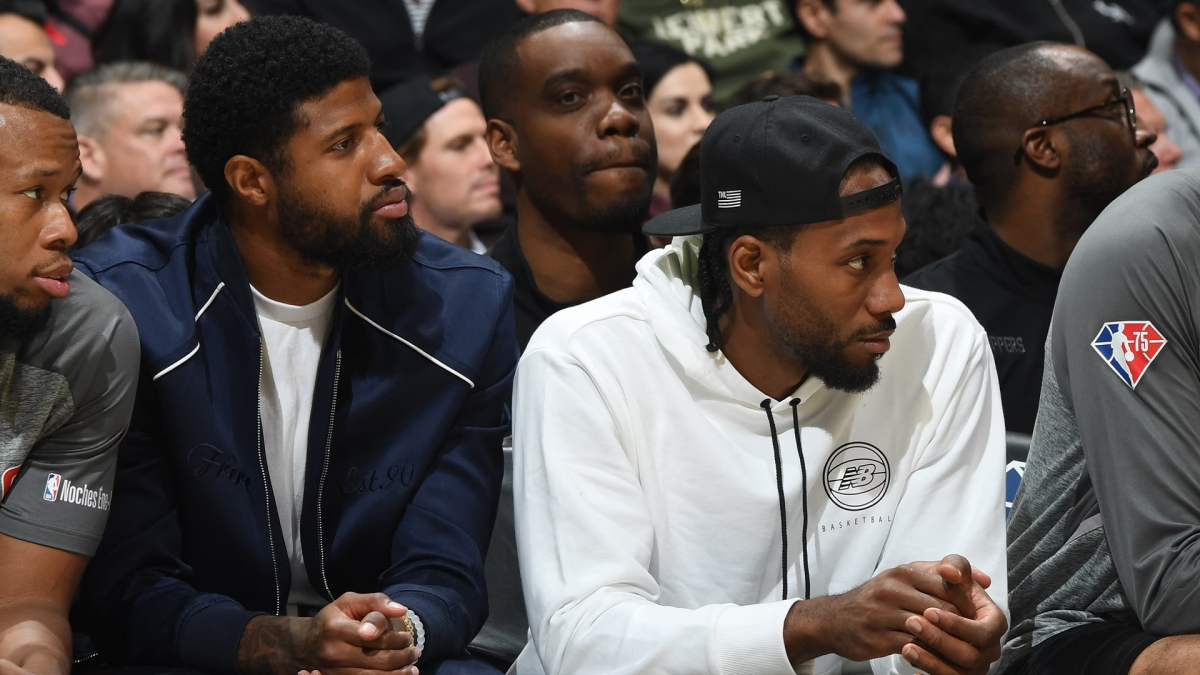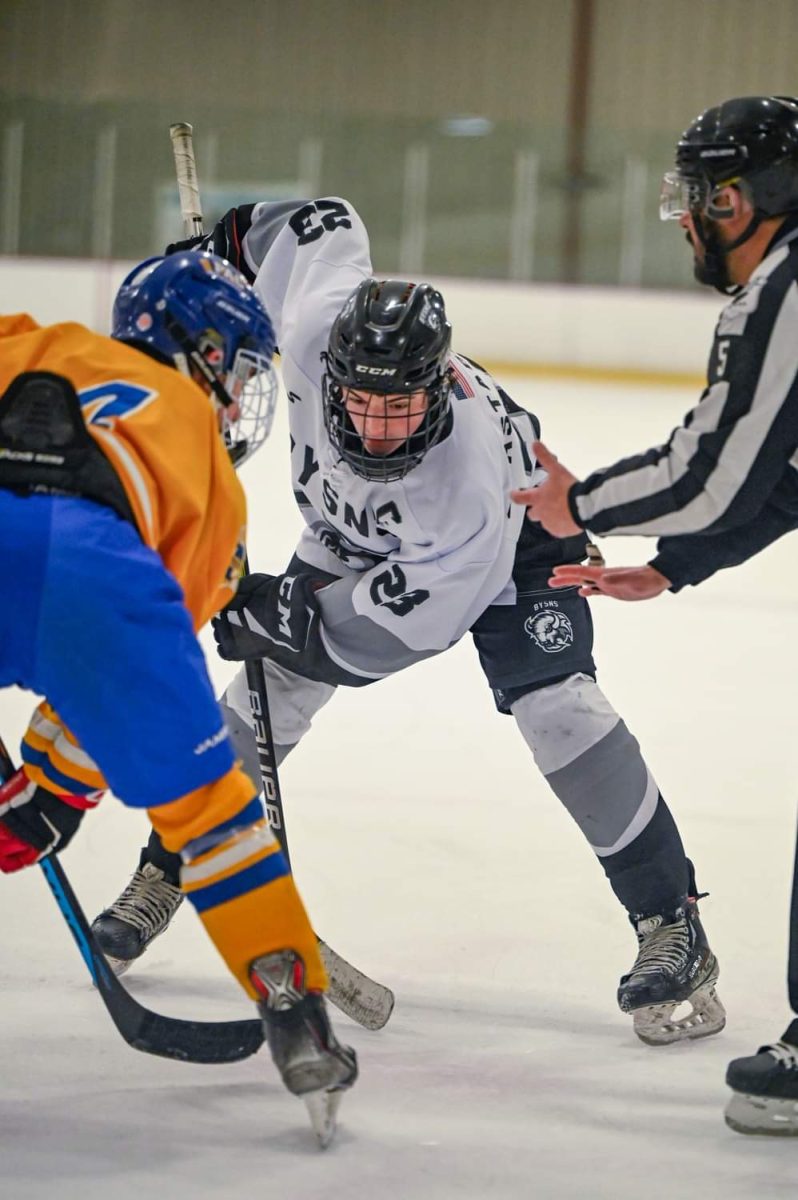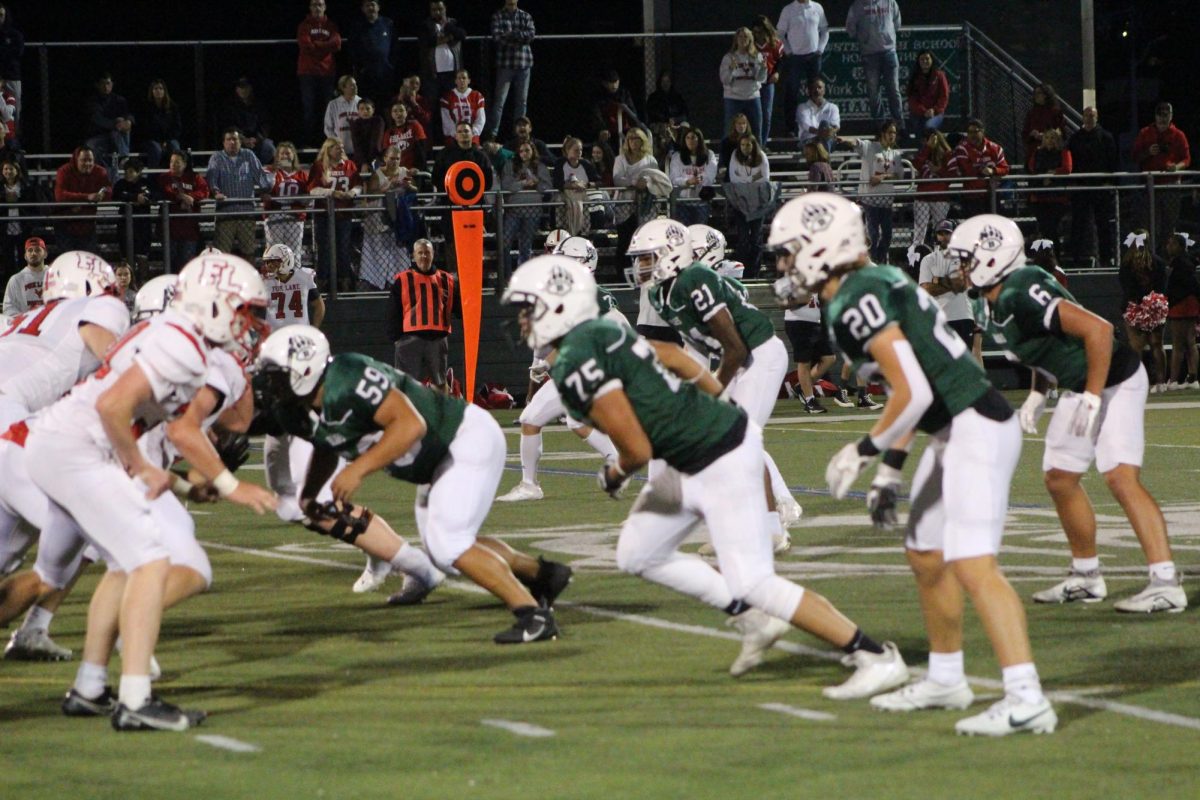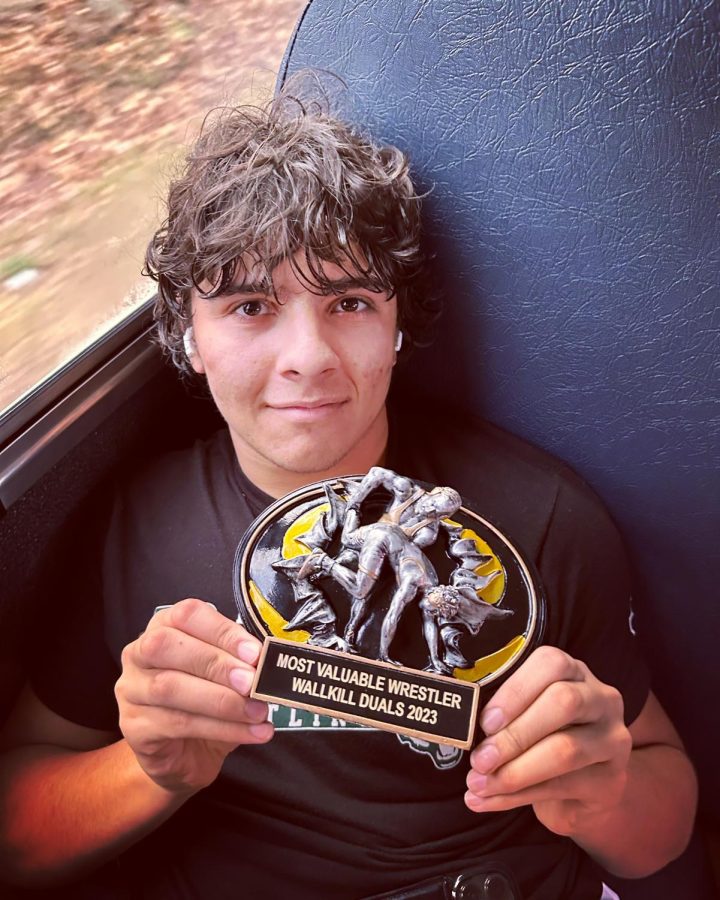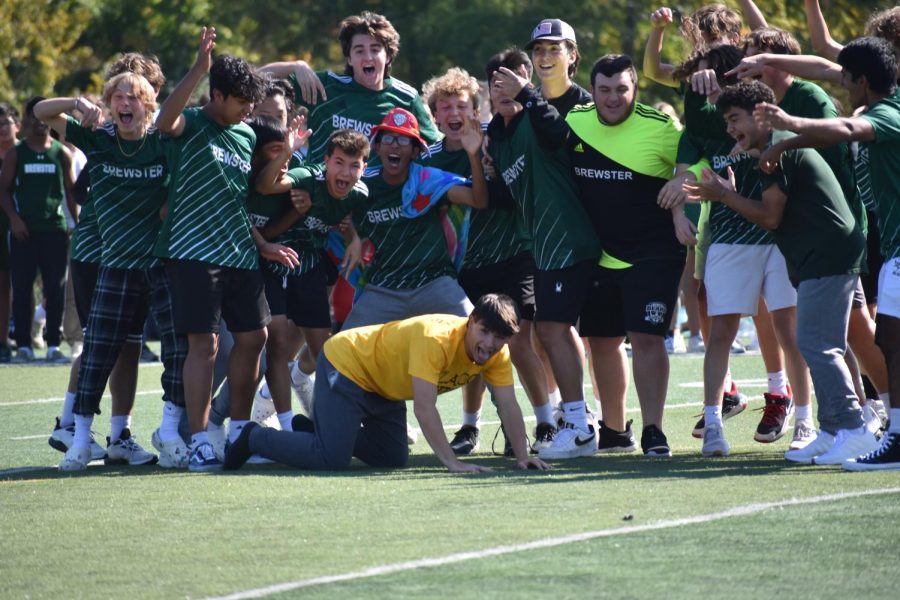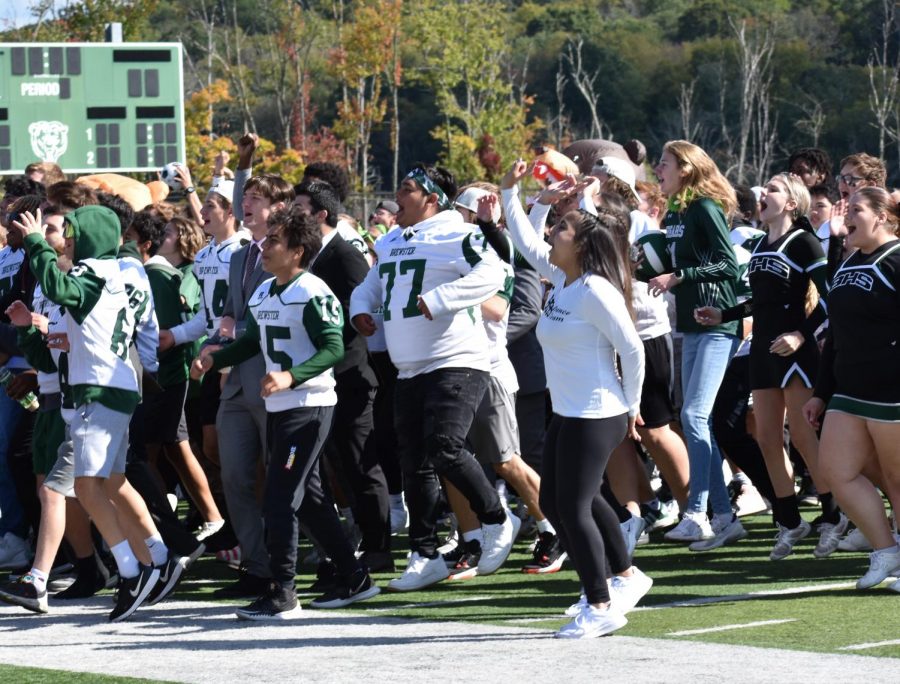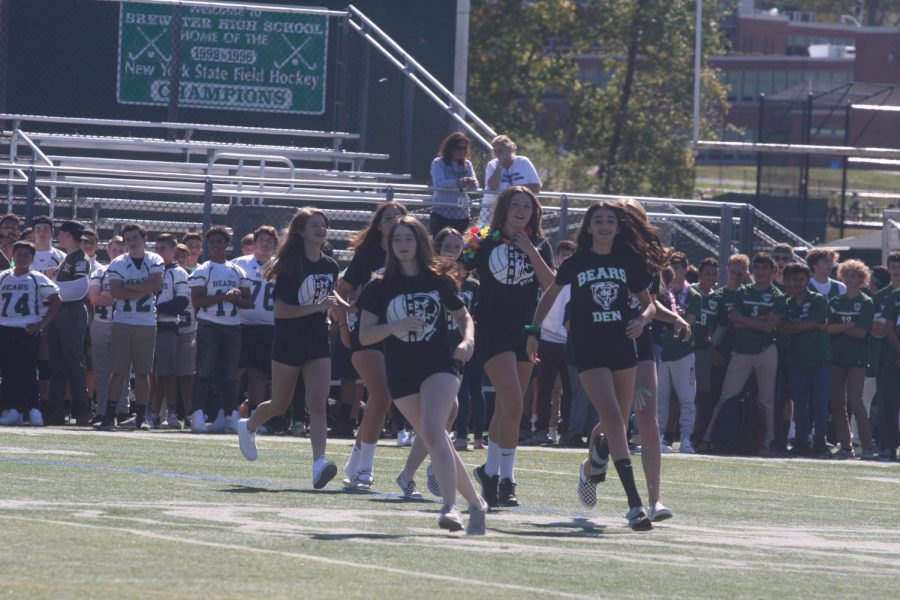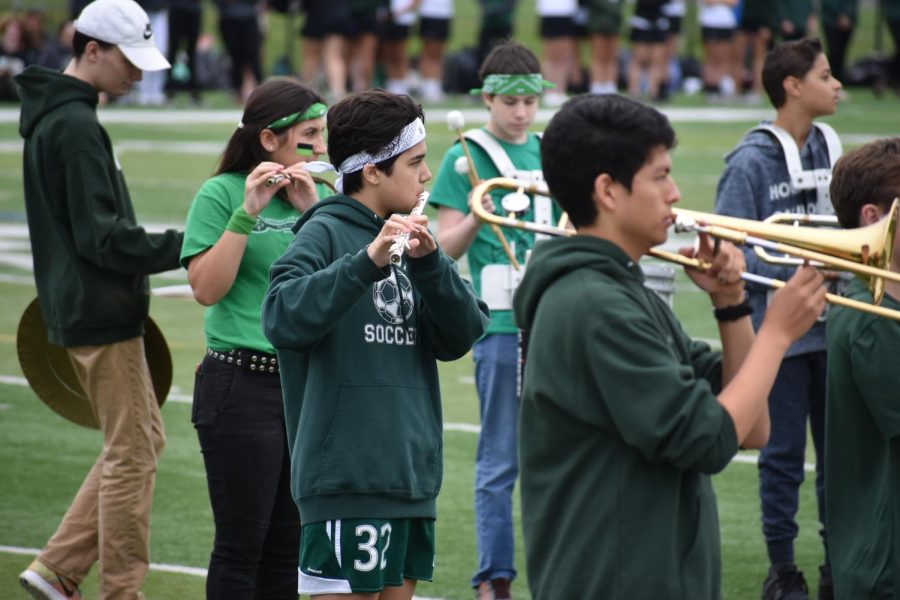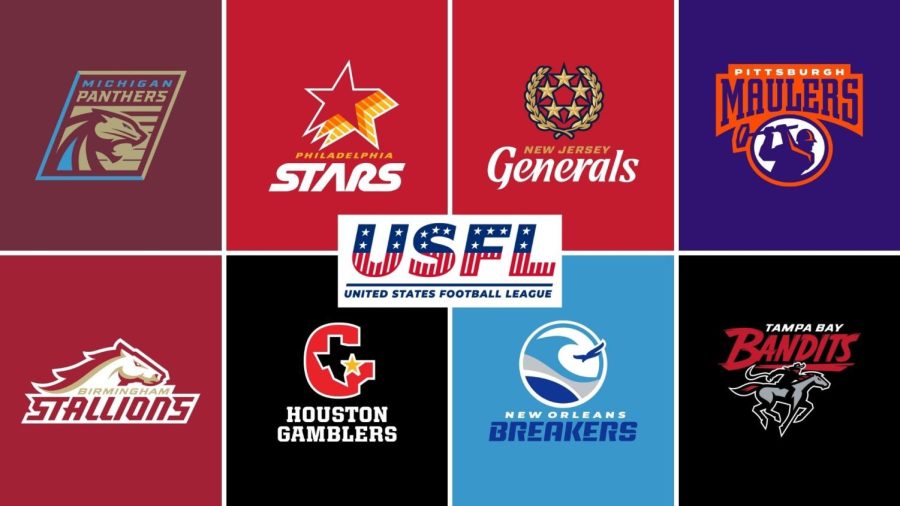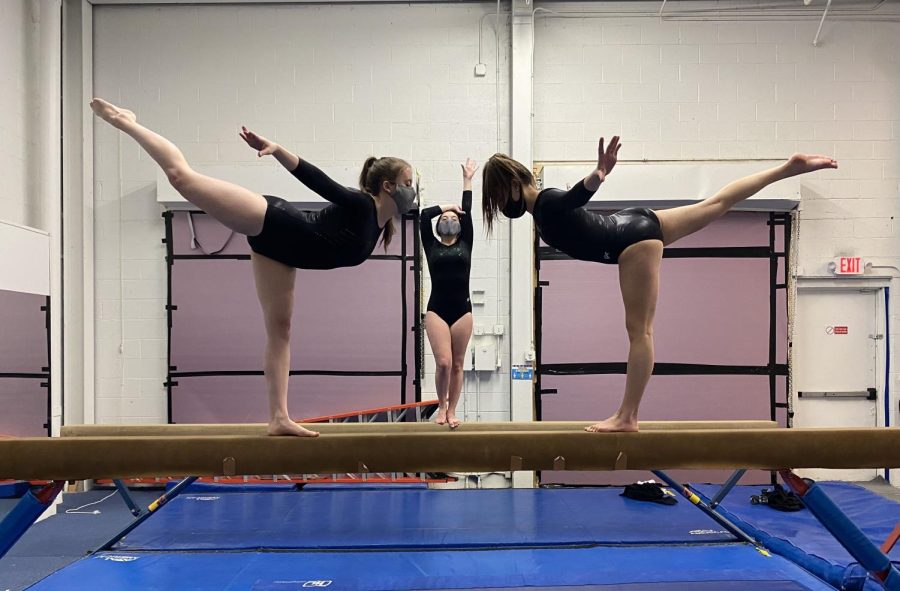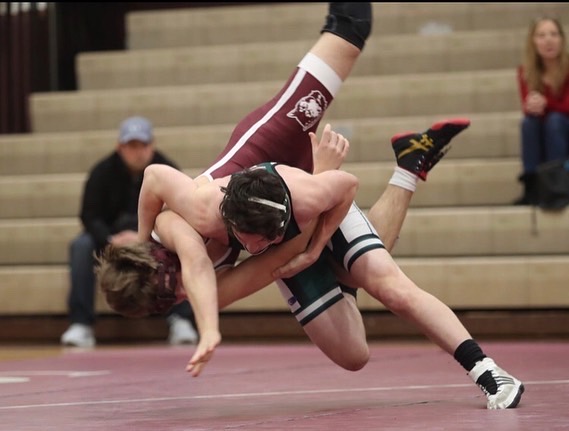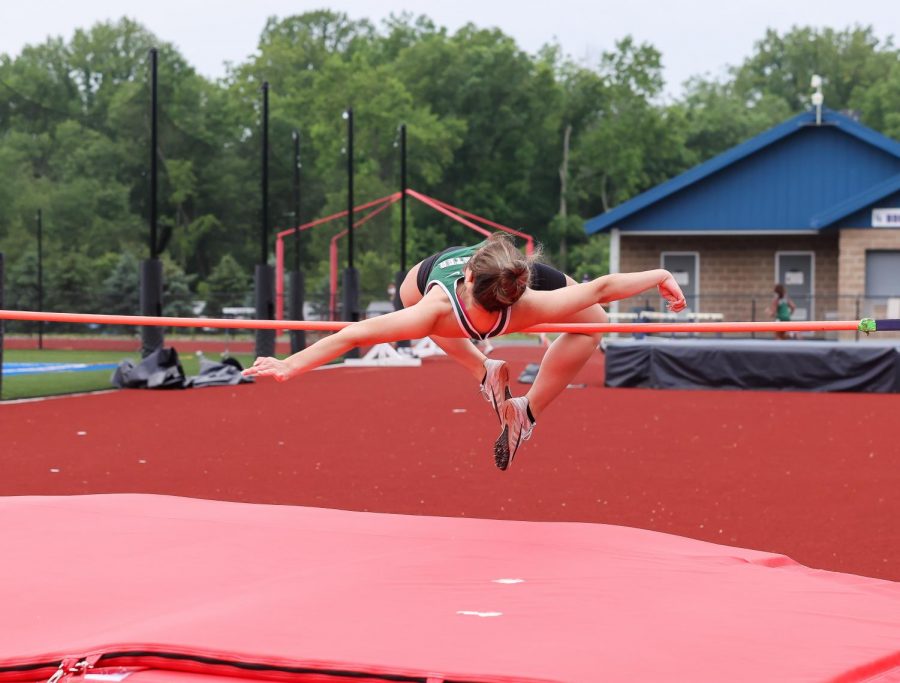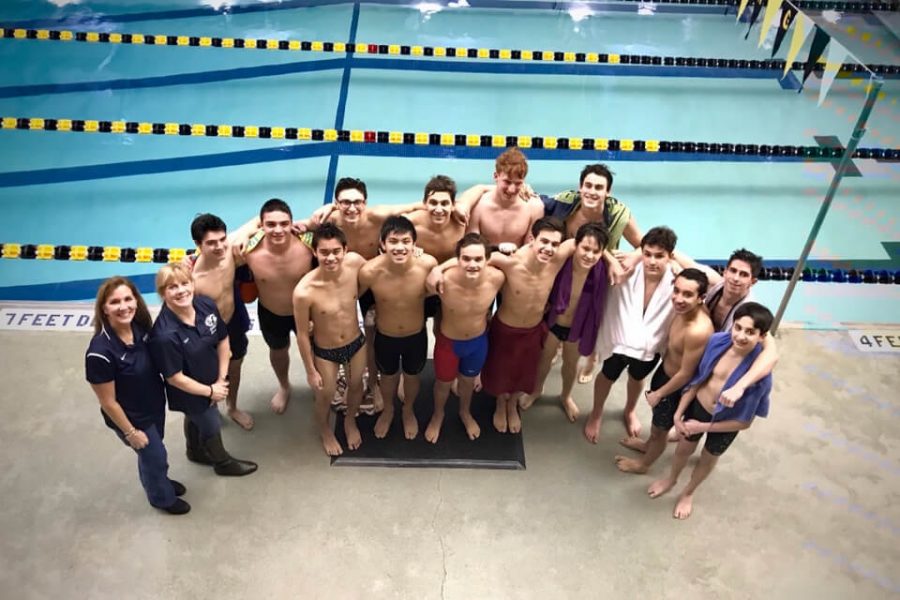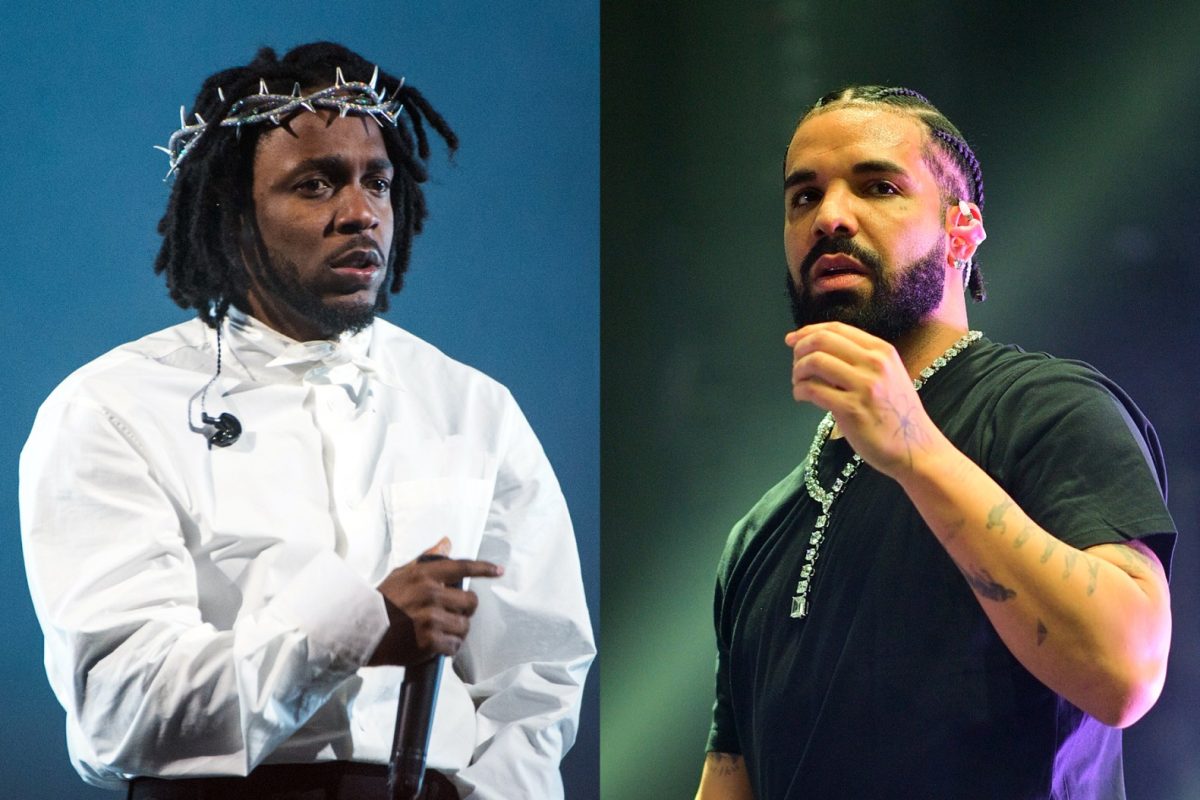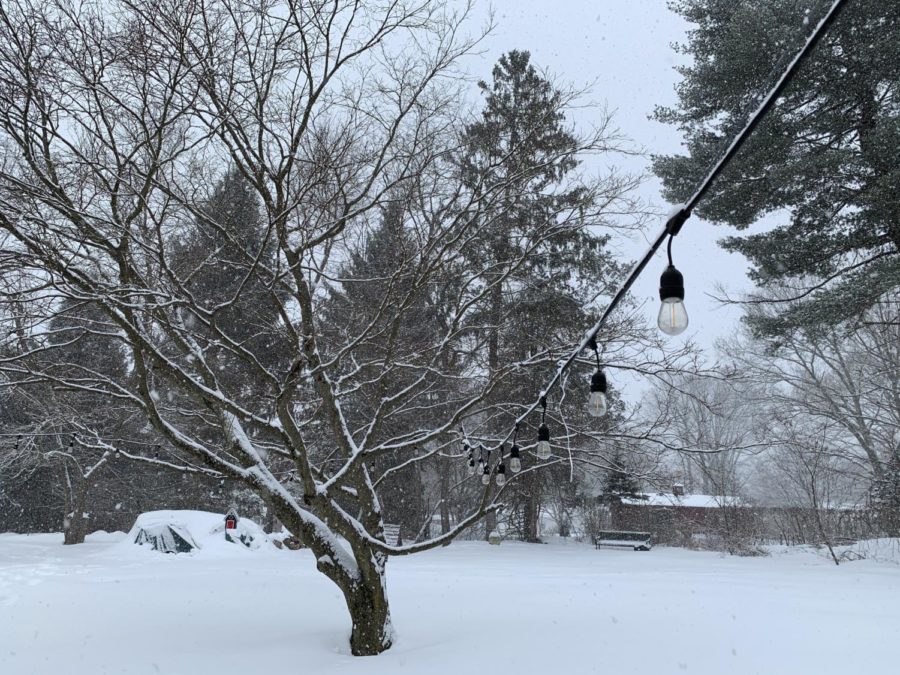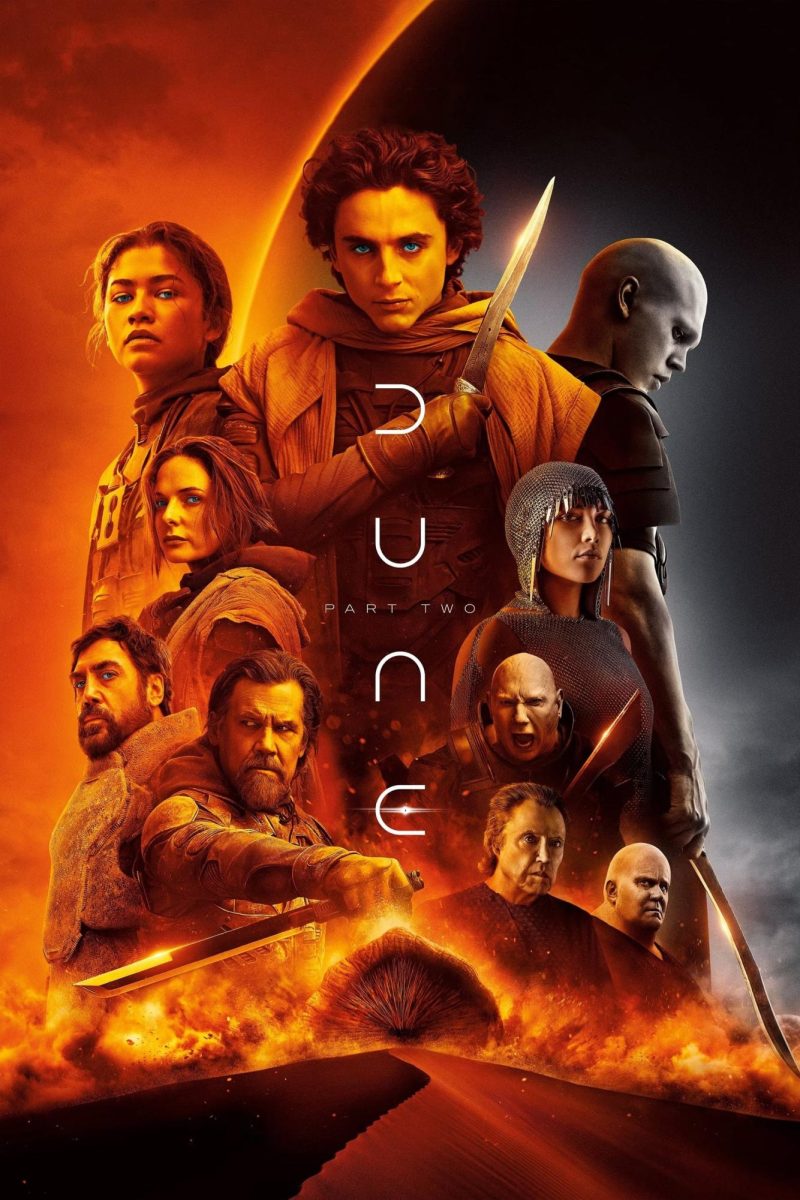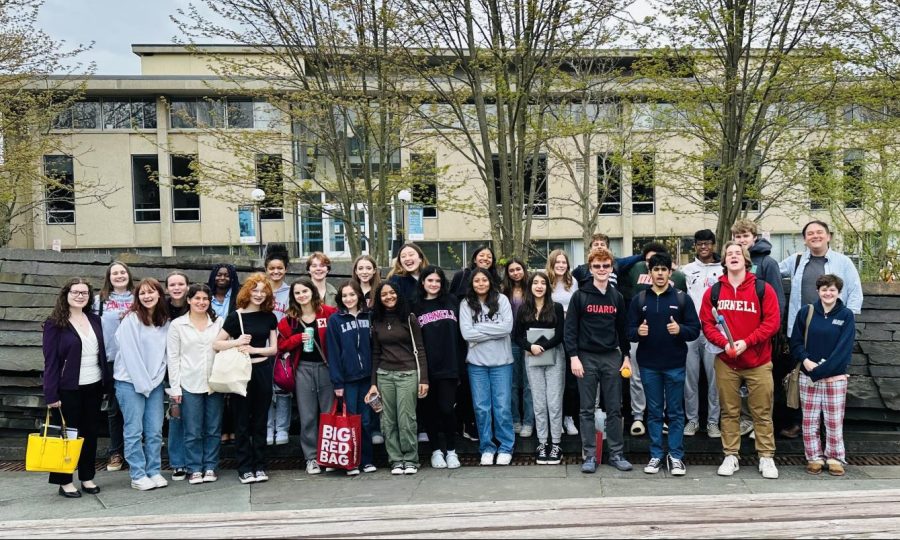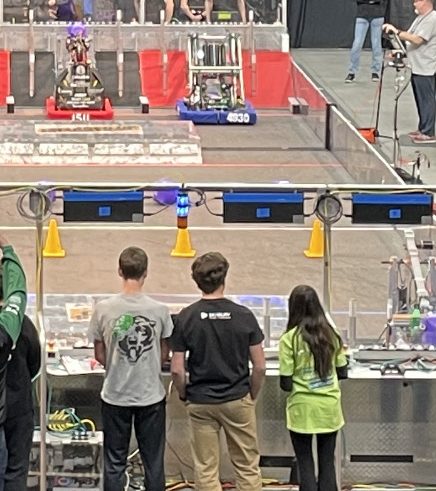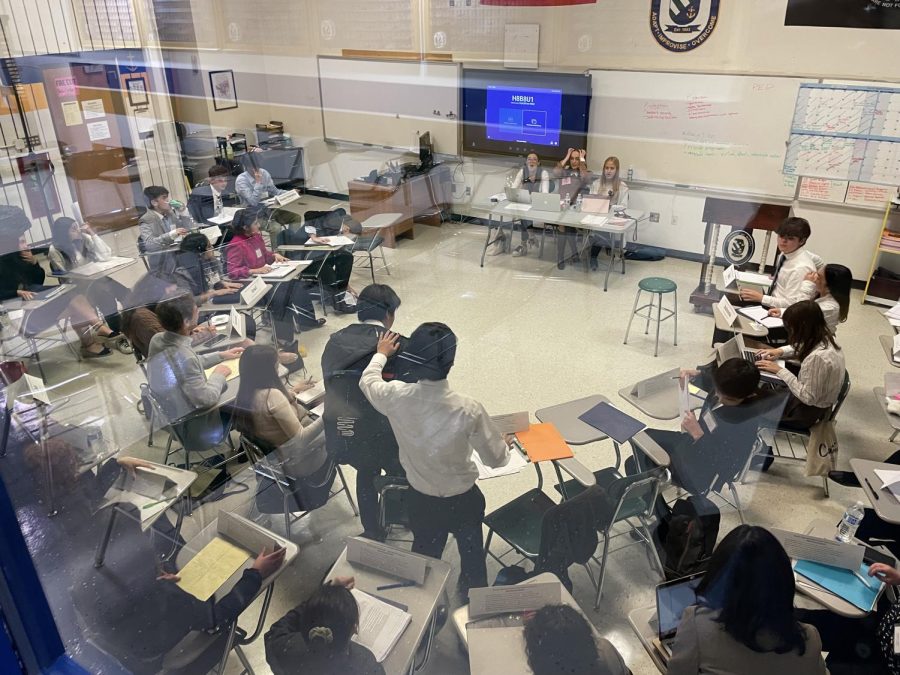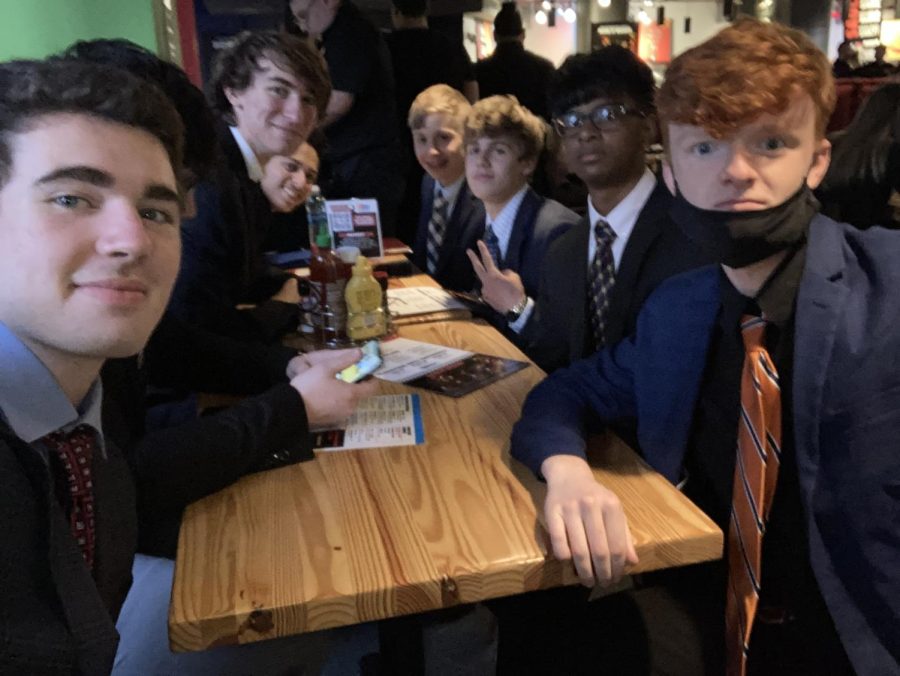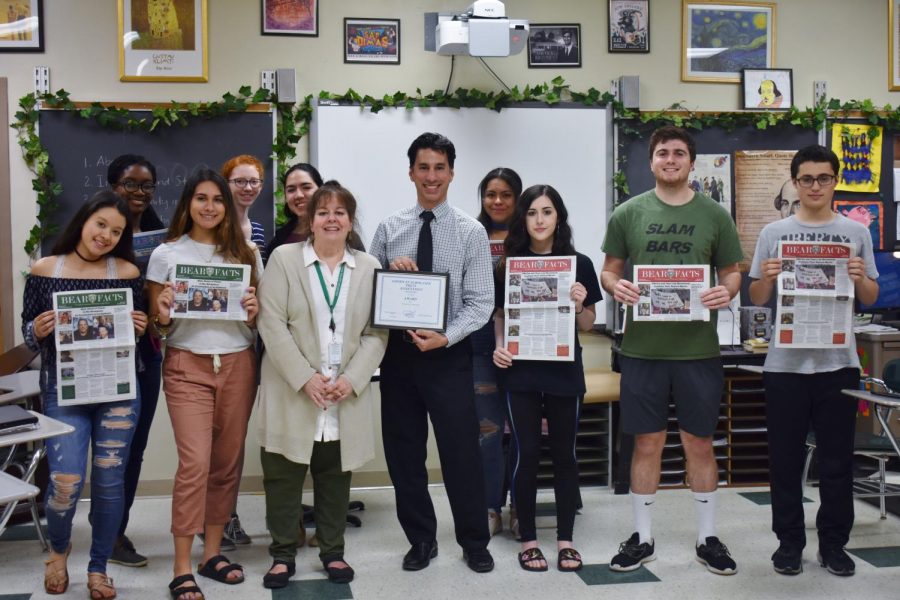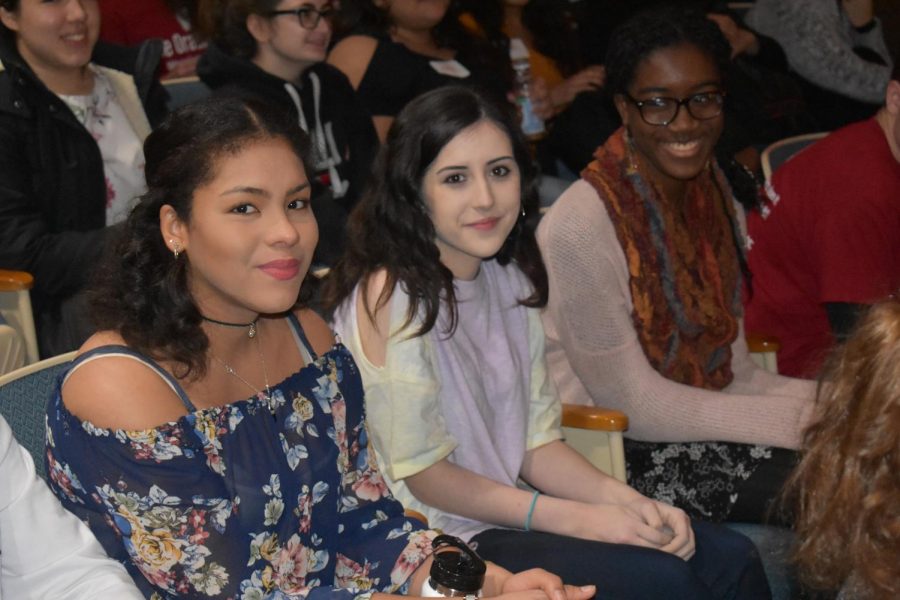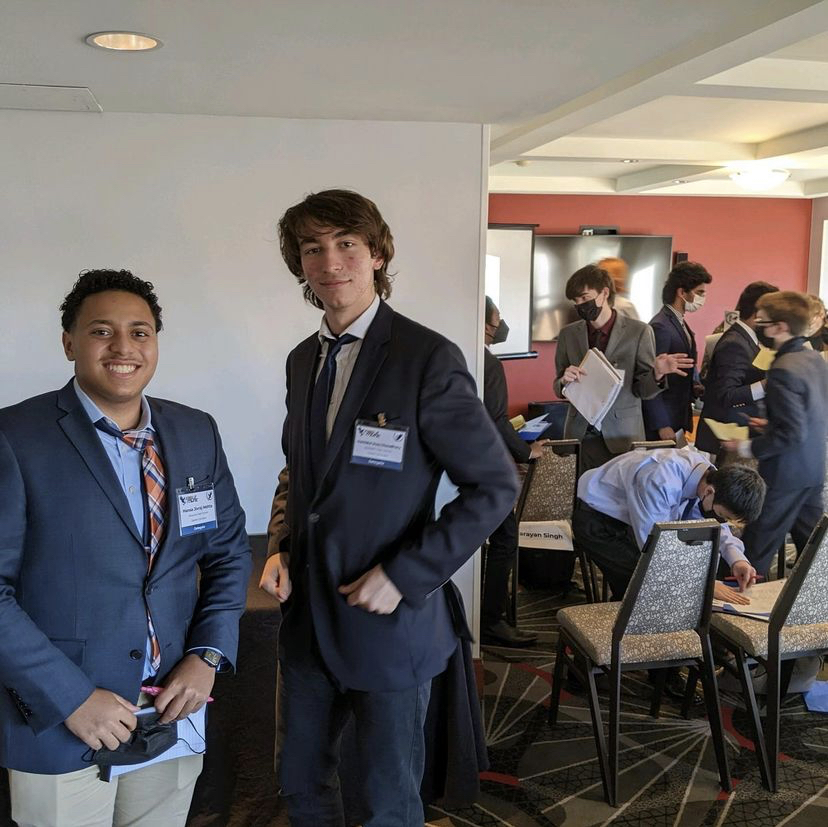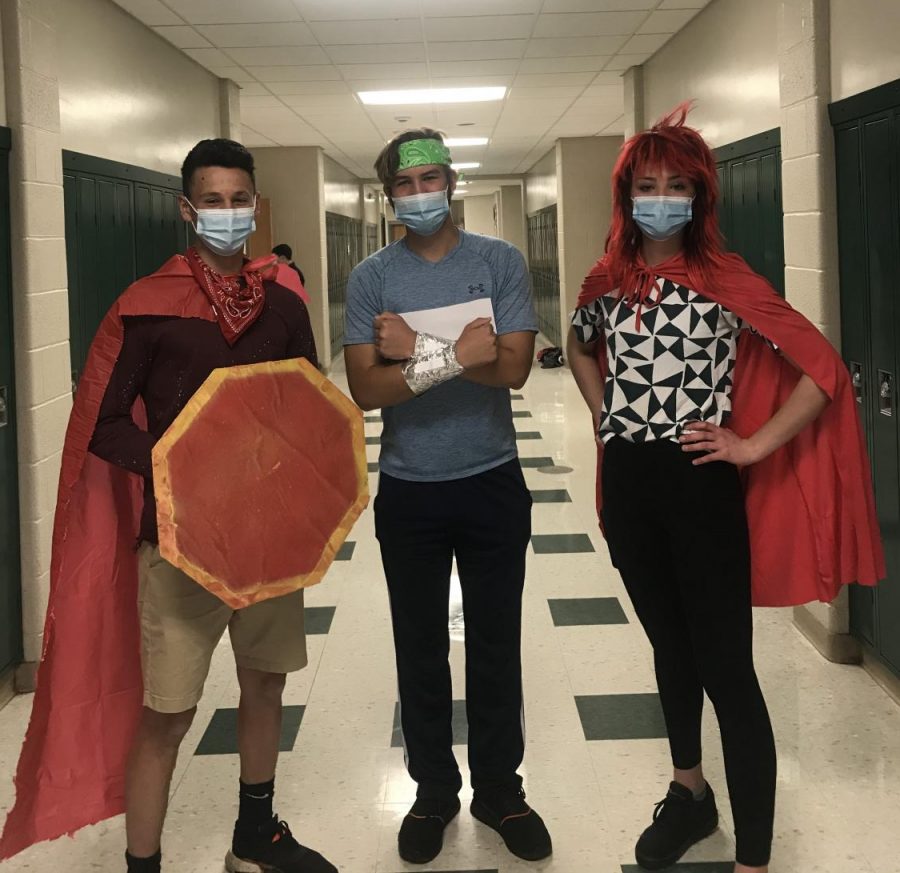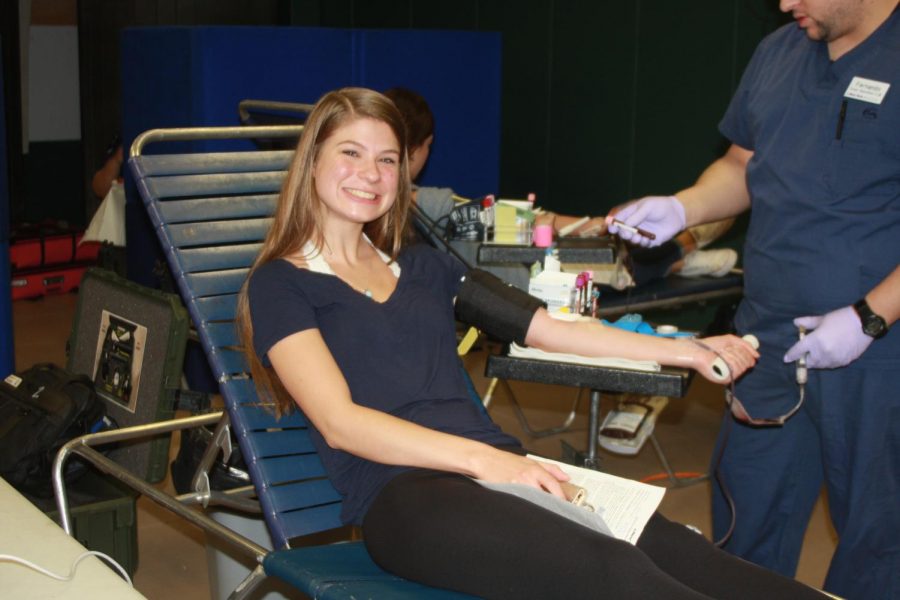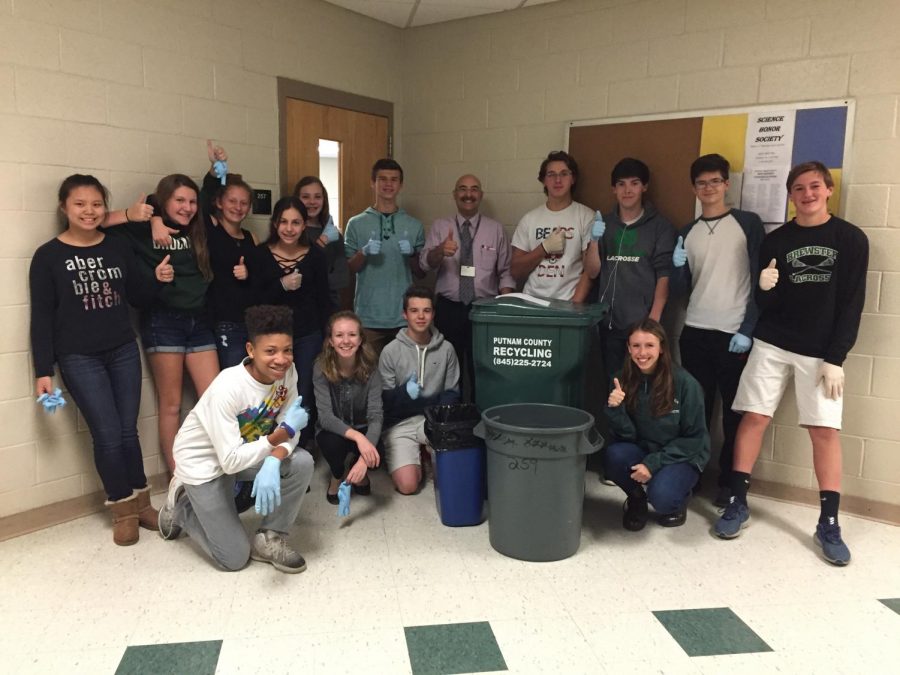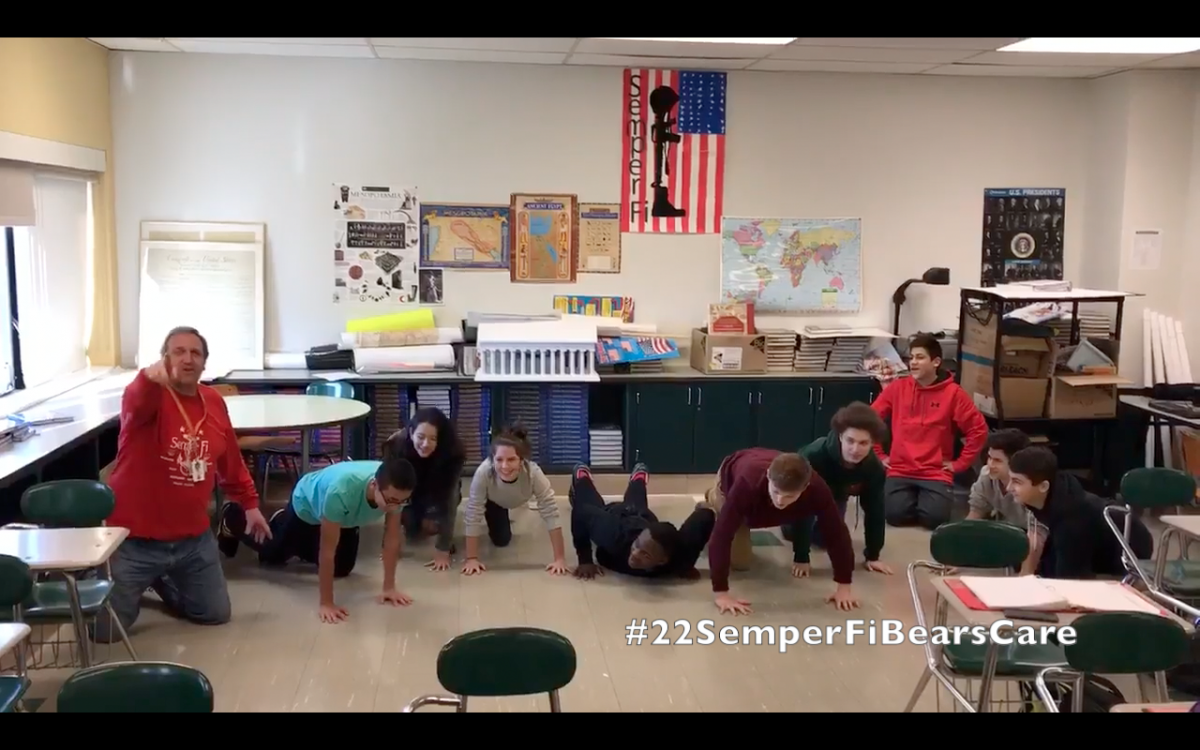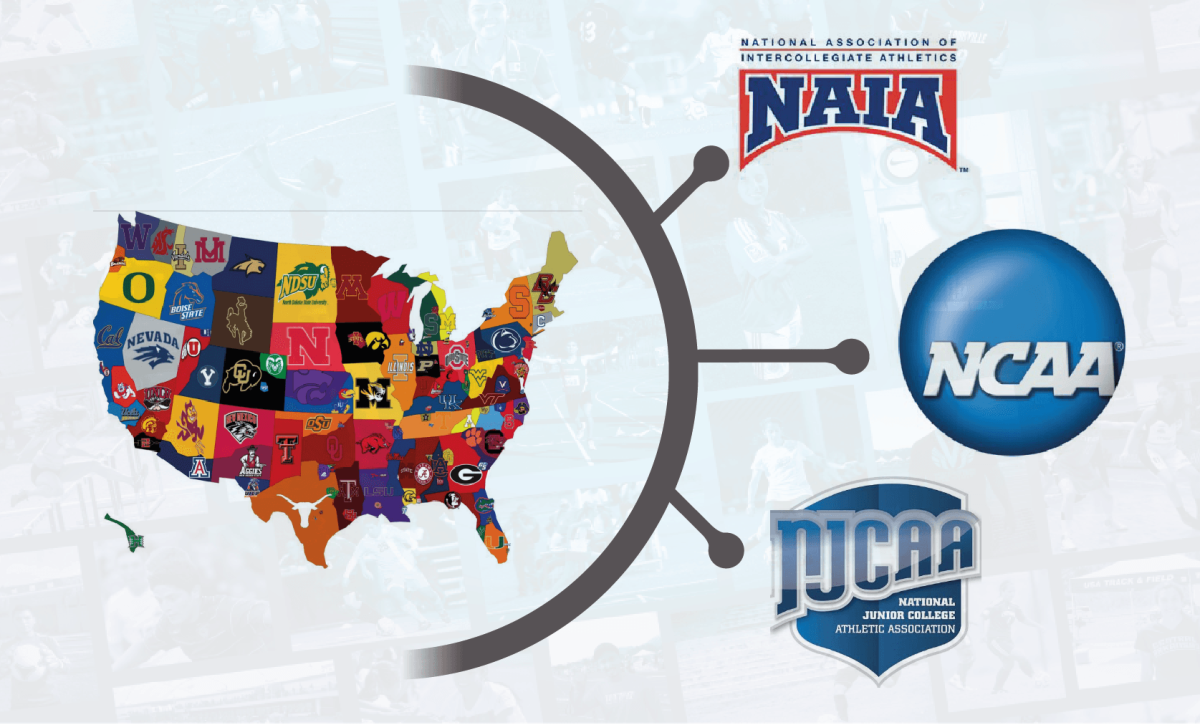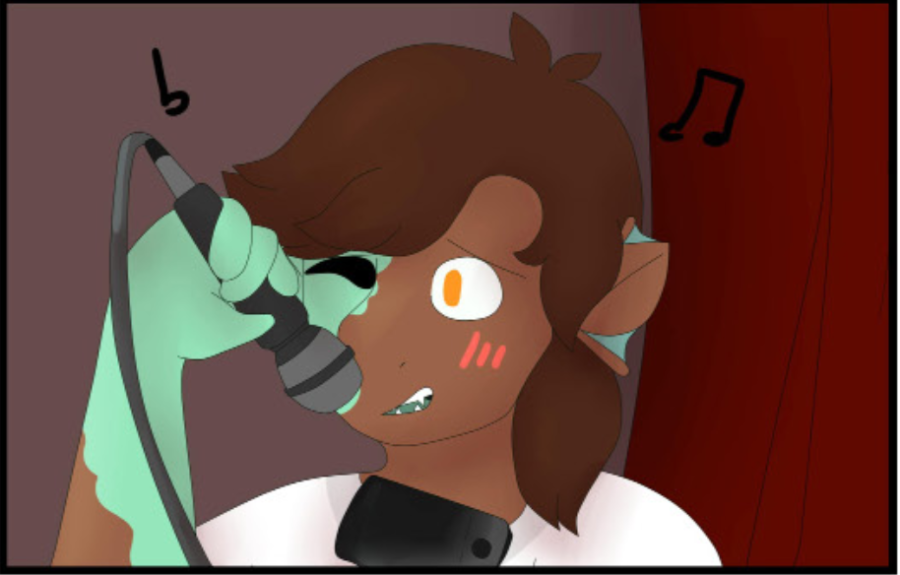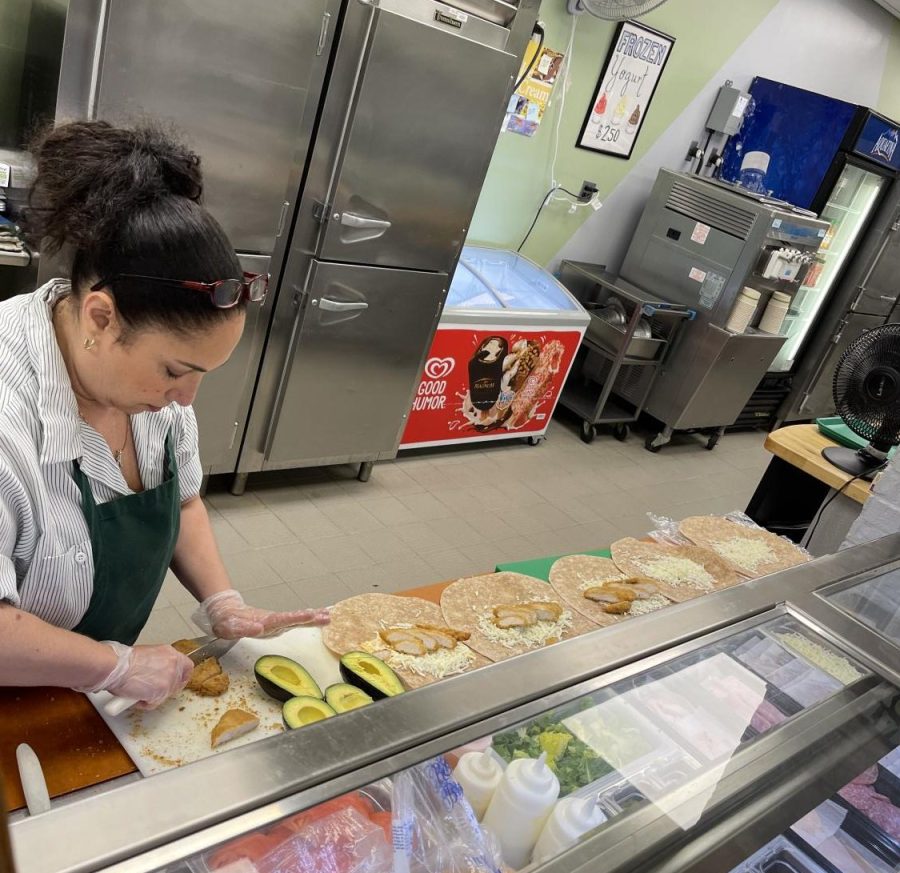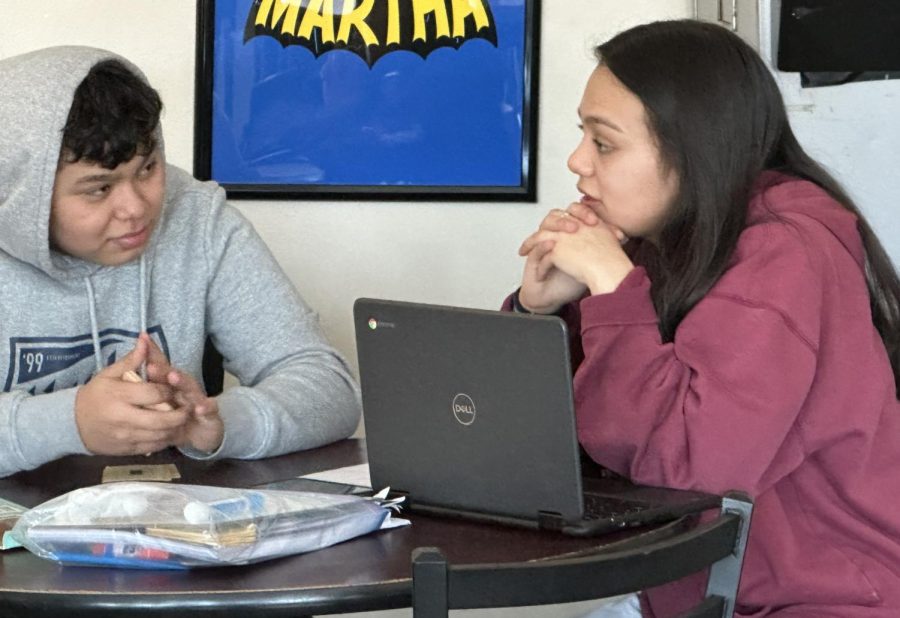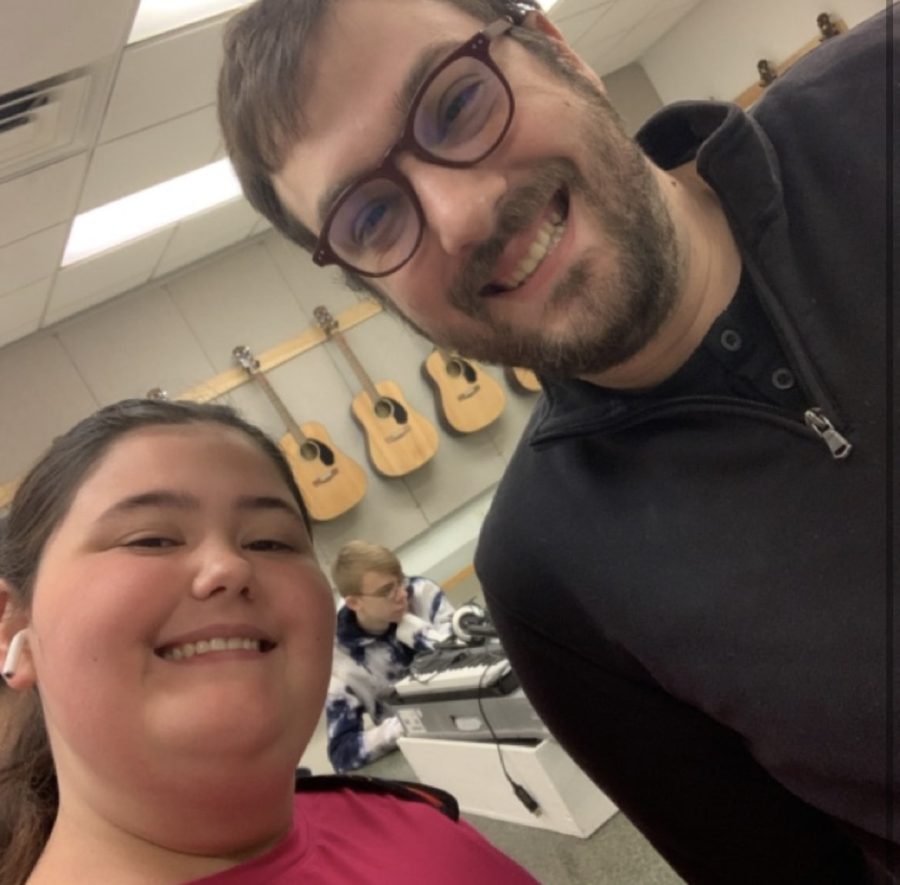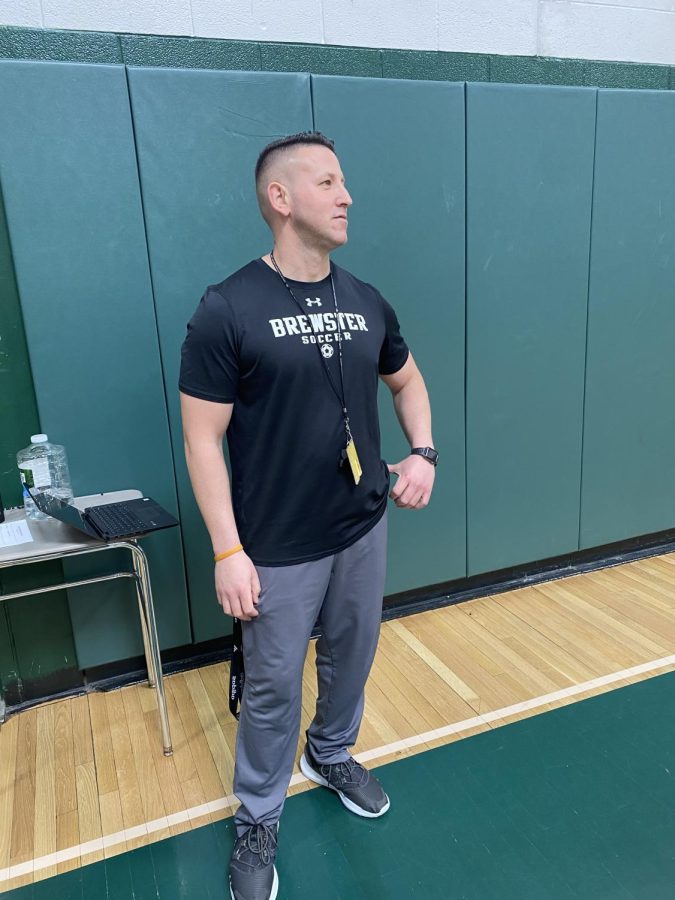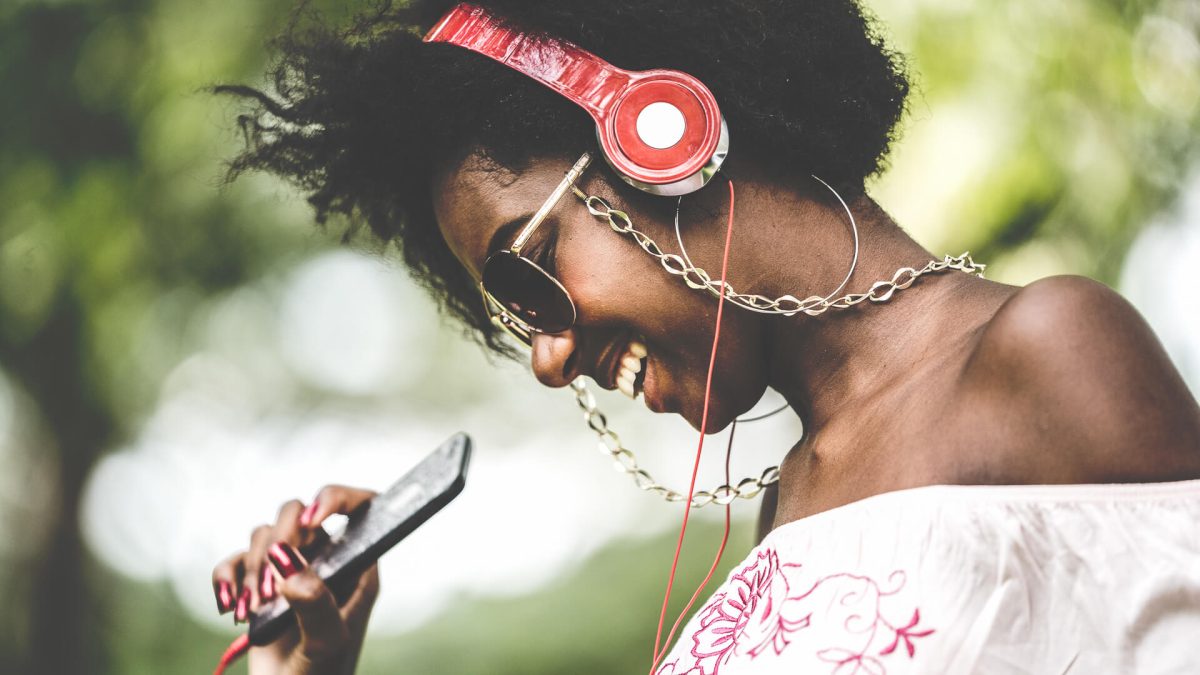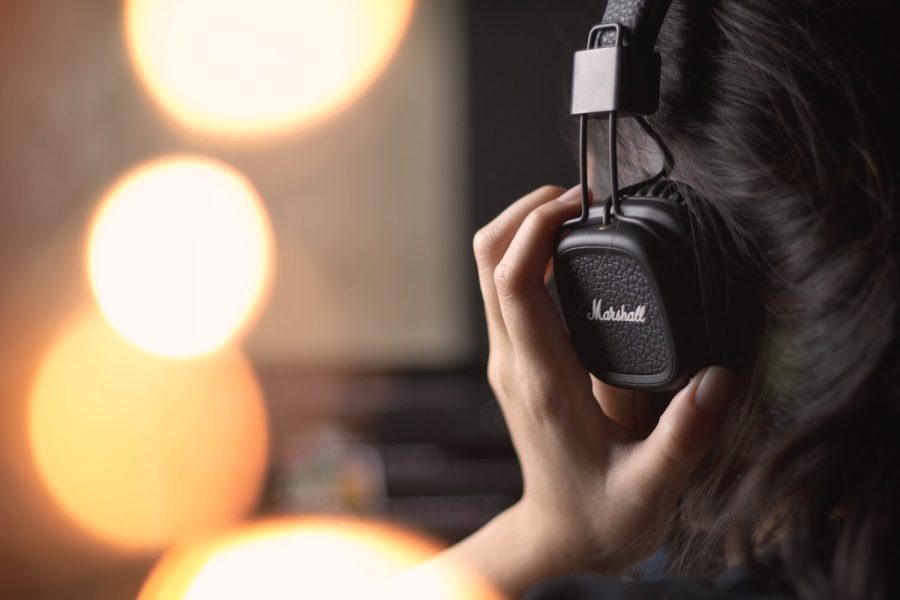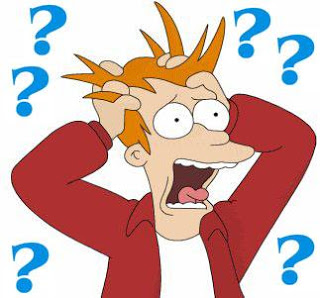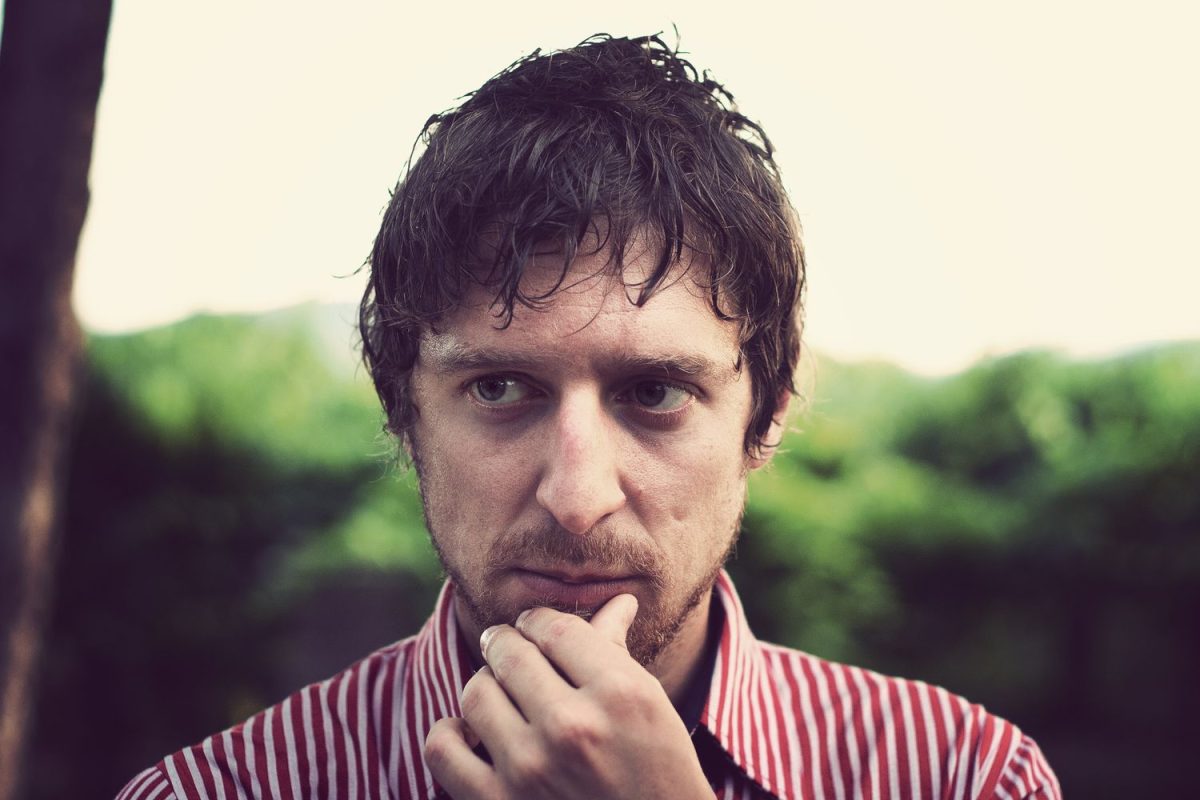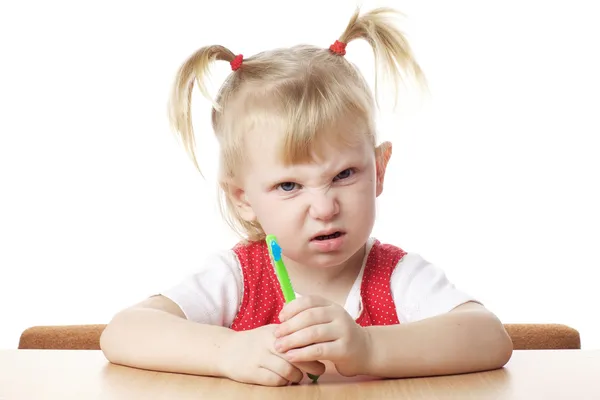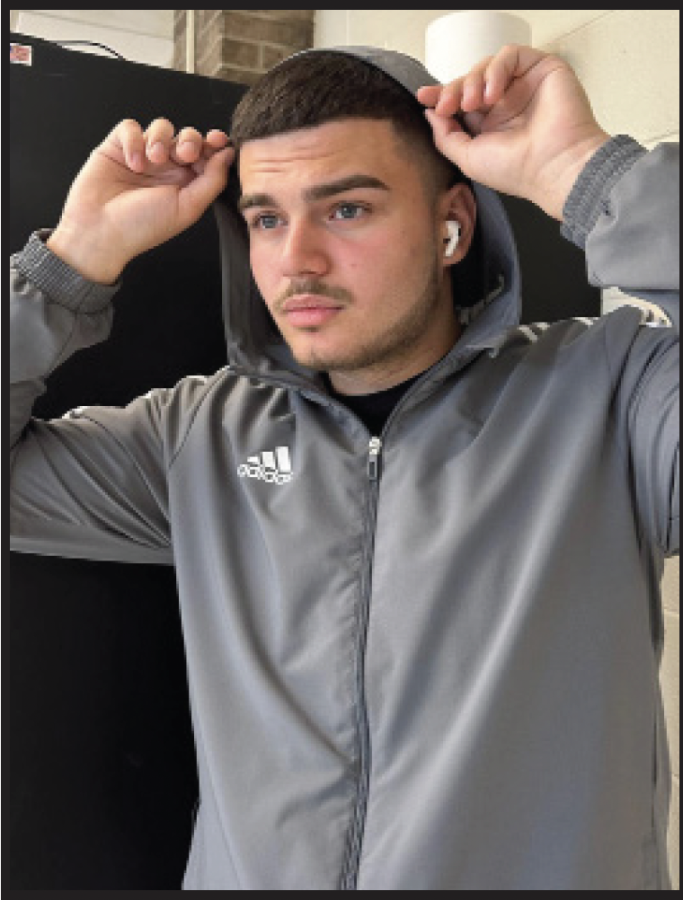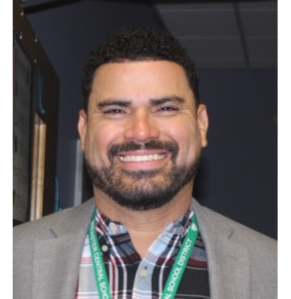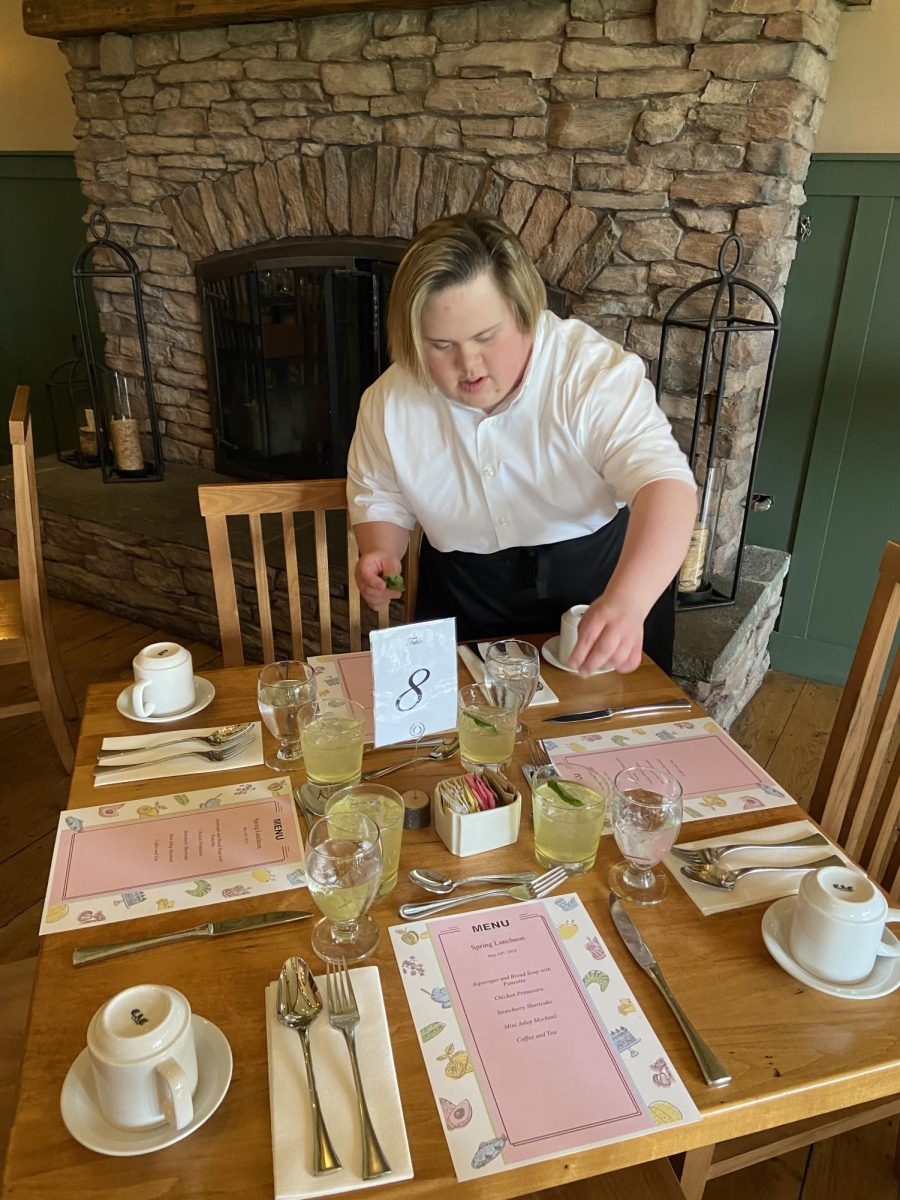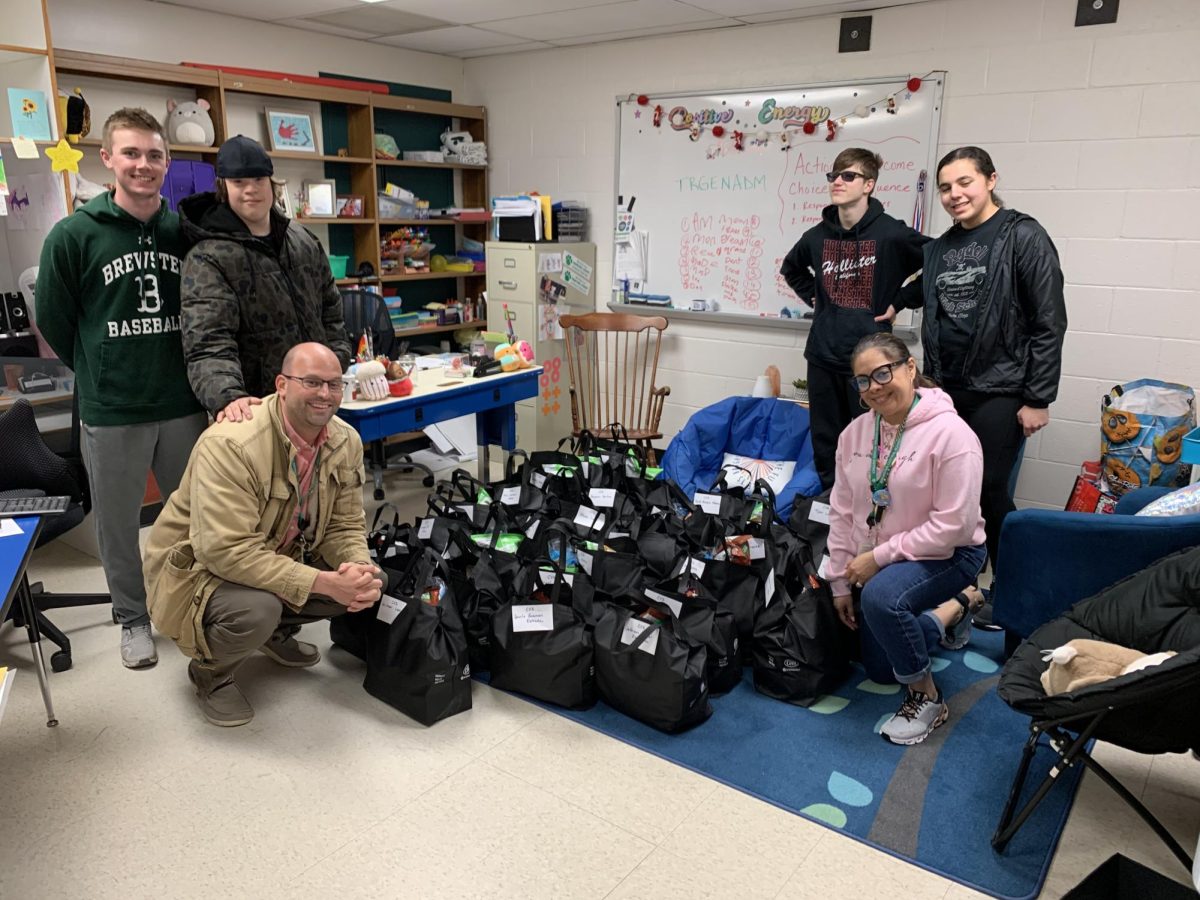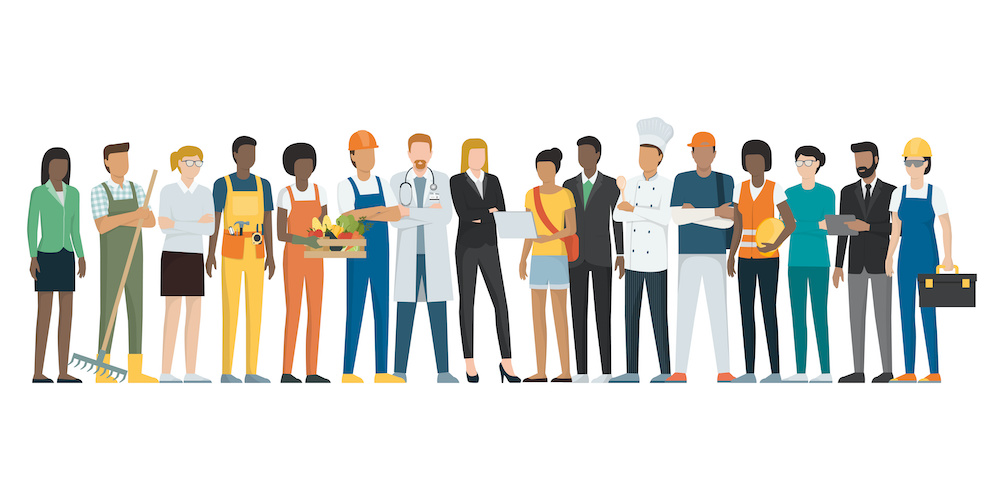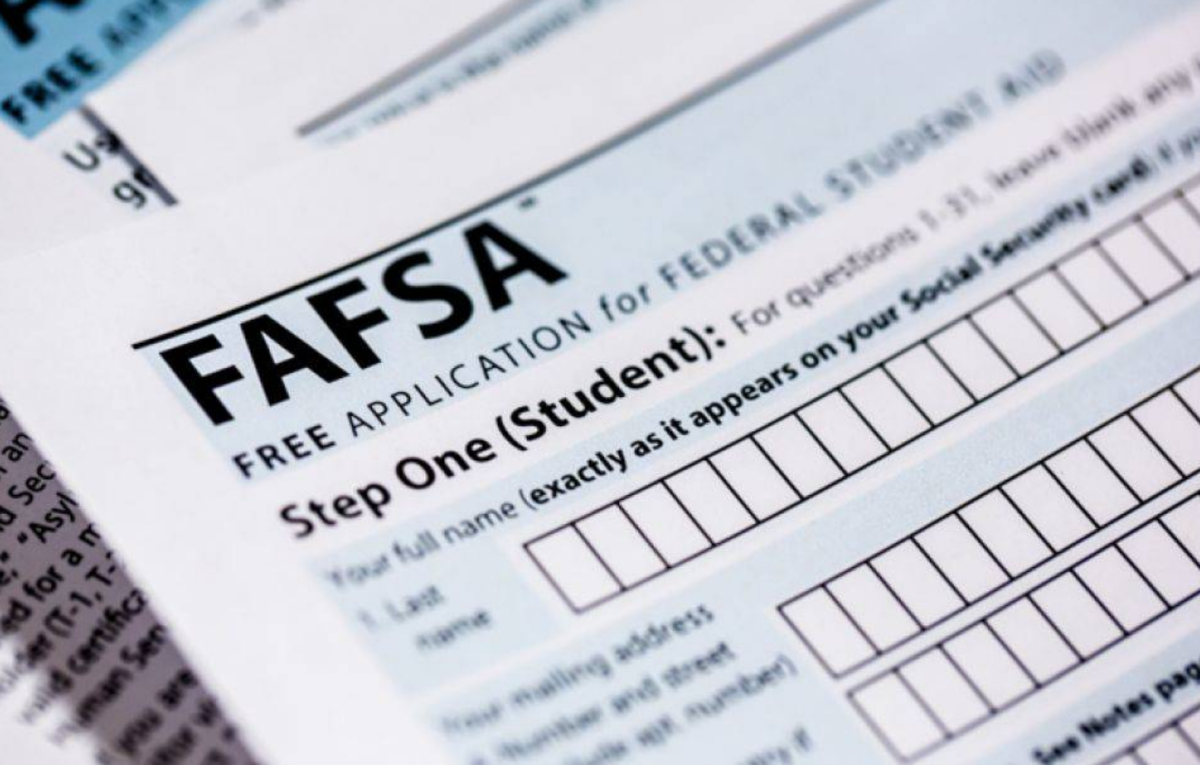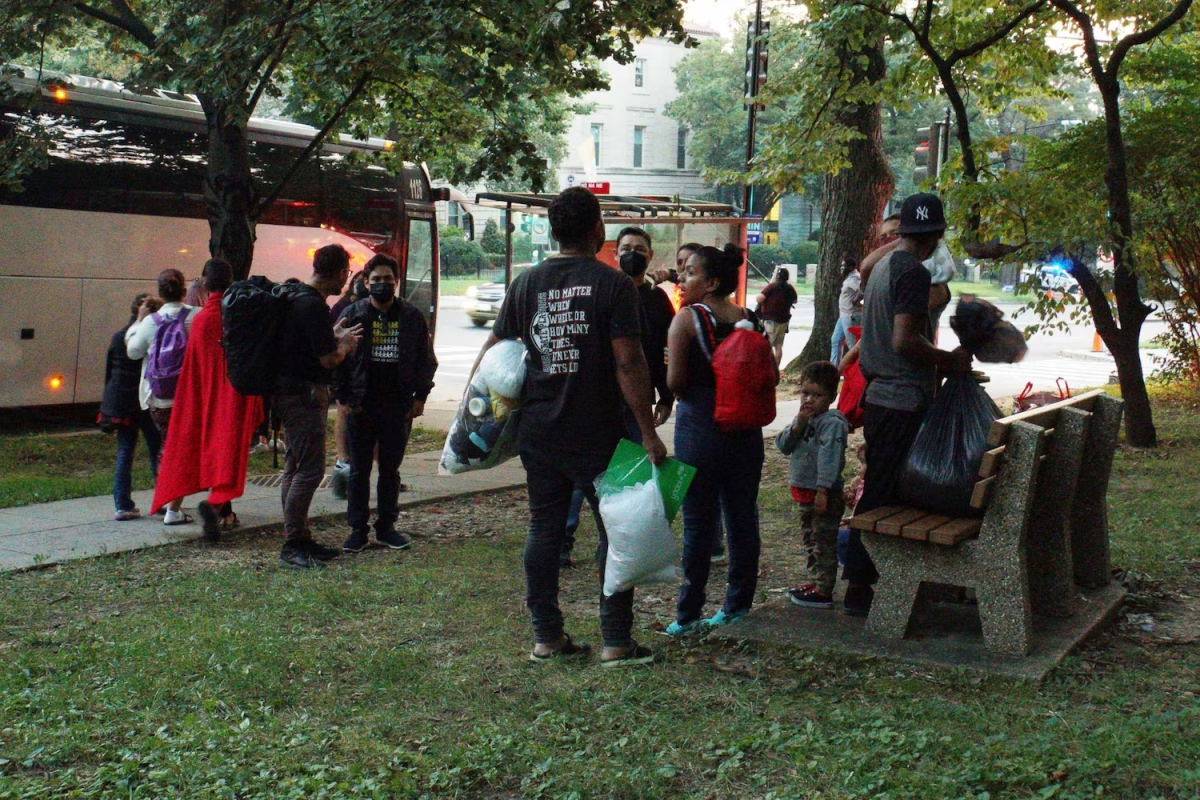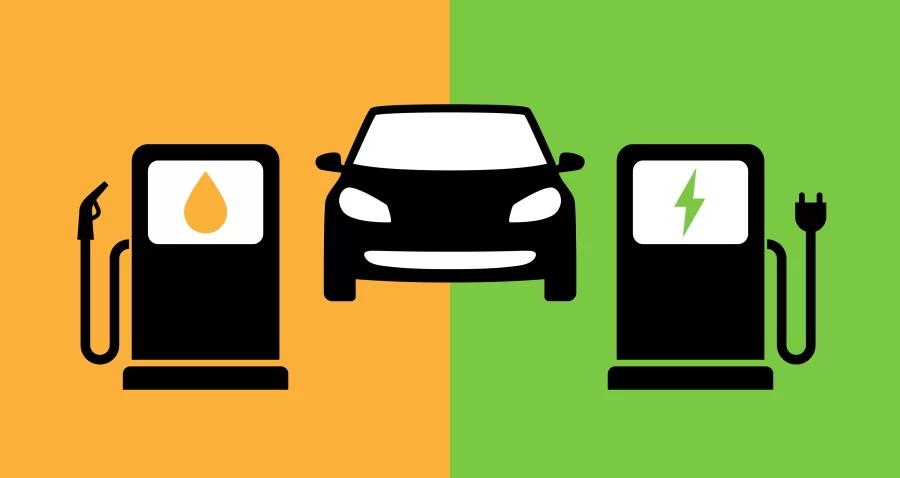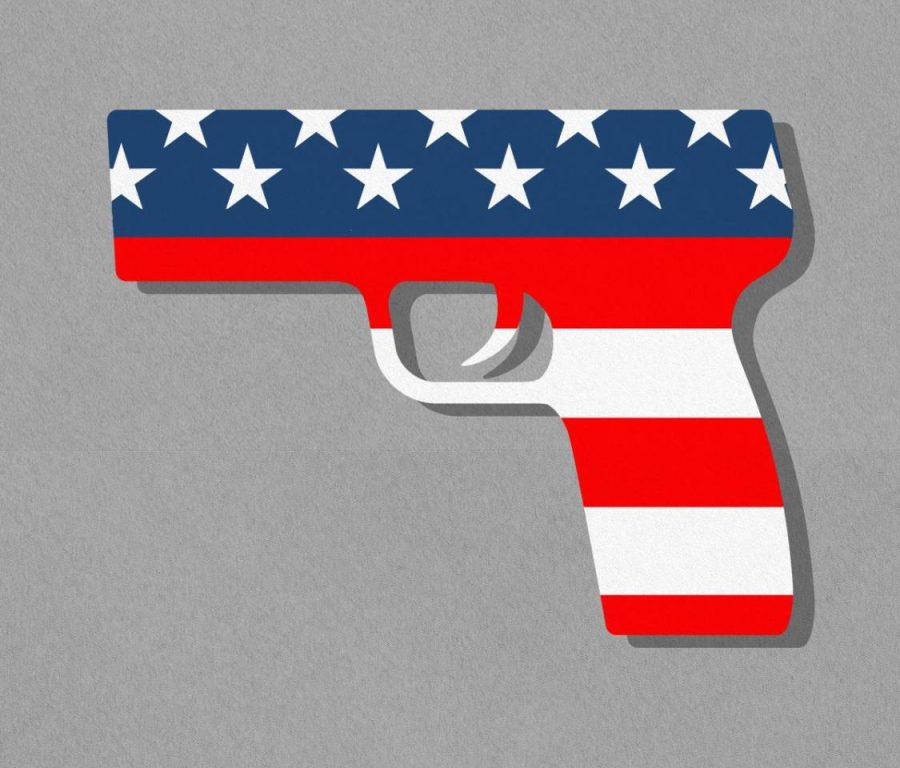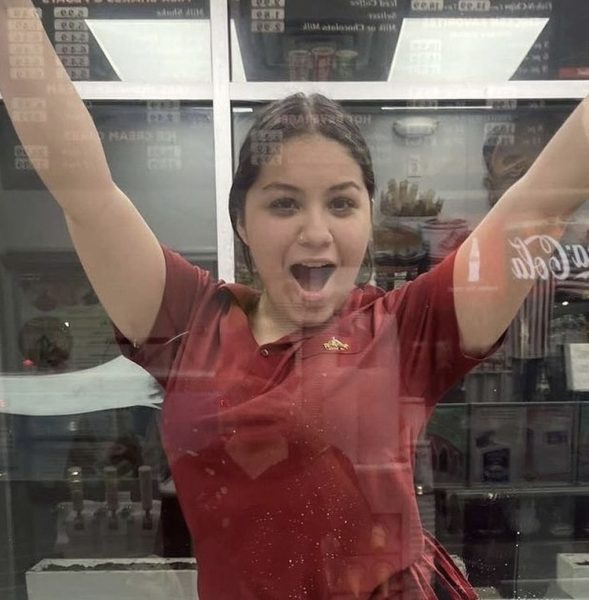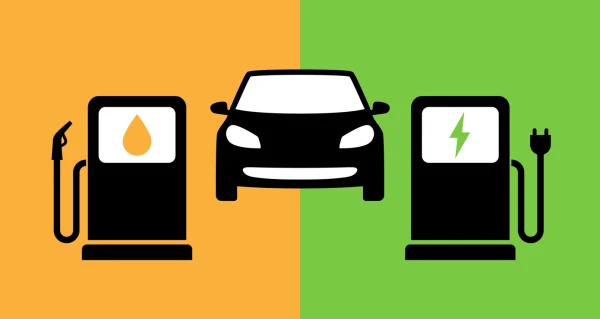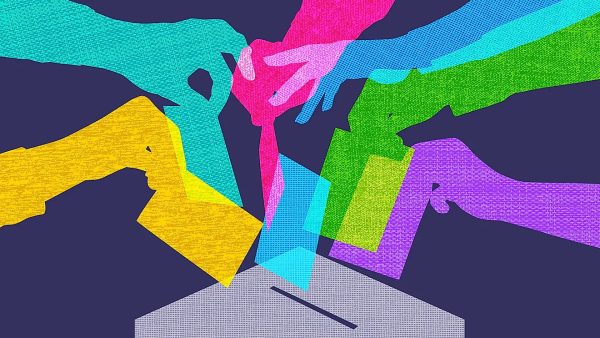Point/Counterpoint: Solving the Problem of Mass Shootings
Gun Control or Mental Health?
June 6, 2023
GUN LAWS – Gun violence, school shootings, 2nd amendment, right to bear arms, assault rifle, arm the teachers, restrict gun laws. All of these words and concepts have frequently become part of everyday conversation and media; it’s the forefront of anxiety for most teachers and students.
School shootings have become more common and politicians everywhere are conflicted on the proper approach to abolish school shootings and regulate gun control. A recent study from the CDC has shown that the number one leading cause of death in American Children is firearm related accidents. In 2022 alone, there were 51 school shootings, with 140 people either killed or injured. In a New York State schools you are only required to have 36 weeks of school, and with that said, there were approximately 1.4 school shootings a week. Guns have been around for centuries, and there have been countless mass shootings at countless venues, and when it did happen, change in legislation and policy was almost immediately rectified. Yet how come when it comes to school shootings we just turn a blind eye?
A constant response to school shootings is to add more guns either to teachers or to security guards. It’s clear that schools are not only in danger of guns, but also of politicians and parents, especially those who want teachers to carry guns. To contrast, some southern states require teachers to submit their notes, lesson plans and curricula a year in advance, and the parents are asked to look it over and either approve or disprove of the material. Now, in order to be a teacher many states require a masters degree, and where some parents don’t even have a high school diploma, the same teachers you don’t trust to make a lesson plan or to teach your child, many are okay with expecting them to maintain a firearm, safely, and use it in case of an emergency.
Where many suggest adding guns to the population, the predominant issue is, why don’t we just change the gun policy? There have been acts of mass violence all throughout American history and more guns has never solved them. Think about the Boston Marathon bombing in 2013: three were killed and 280 were injured. Did we respond by arming future runners, telling them, “Hey, this is a gun, press the trigger to point and shoot just hope you hit whoever is trying to hit you”? No, instead we implied mass change in safety protocol, security, and regulation.
Why can’t we rectify our broken gun policy and be the catalyst for change? It’s too easy for people to obtain firearms, legally and illegally. I don’t think it’s obtainable or even plausible to expect to get all the illegal firearms off the black market. It’s inevitable that people will get guns if they want them: if there’s a will there’s a way to obtain. However, there are reasons to regulate and make it harder to obtain.
People who handle guns should have a reason to. Your average joe schmoe doesn’t need a grade A assault rifle to protect his home or to do his recreational hunting. To clarify, I believe in the second amendment and think that if people are capable of responsibly and maintaining a firearm, then they should have the right to do so. However I think the qualifications as to who is applicable to own a firearm needs to be reassessed.
There needs to be a reason for one to own a gun and there needs to be probable cause to prove that they can own a gun. People who want to own a gun should have an in-depth analysis of their own mental health, they should have to meet with psychiatrists from either the government or from the individual gun establishment, and we should also establish a pattern of behavior for this individual. Now to be clear: this is not an attack on guns, many gun owners or gun users frequently feel attacked when anyone mentions firearm safety or change, but in reality it’s not an attack but instead a way to improve their quality of life. People who obtain guns legally and responsibly should be in favor of tightening up gun laws because they aren’t the problem, they aren’t the ones doing anything wrong. Why wouldn’t they want to make it harder for people to go through the same interviews and grueling process they did?
Guns are inevitable, but the only plausible change requires legislative change. If “violence is never the answer” is a lesson easy enough to understand that we teach it to kids, then why can’t we teach it to adults?
MENTAL HEALTH – As of writing, there have been 227 mass shootings in the United States during 2023 alone. Communities all over the country have mourned the loss of about 297 sisters, brothers, sons, daughters, cousins, and the injuries of about double that. The tragedy of mass shootings has known no boundaries regarding its victims or its perpetrators, and it has devastated our country. The rush to find a quick fix has been no easy debate, and lots of Americans have determined that the selling of guns is what is allowing these shootings to happen. The call for heavy regulation of all firearms and even the prohibition of them has become highly mainstream. The idea of regulating or banning firearms is heavily flawed, and enacting it will do more harm than good not just for the country but for future generations, as well.
Believe it or not, Americans have already tried banning something they believed to cause problems within its society. On January 16th, 1919, Congress passed the eighteenth amendment of our Constitution, reading, “the manufacture, sale, or transportation of intoxicating liquors within, the importation thereof into, or the exportation thereof from the United States and … is hereby prohibited.” Congress did not pass the prohibition amendment because they thought it would be fun but because the majority of society believed that alcohol was causing various issues. People’s demand for liquor caused a rise in organized crime and smuggling. Hidden and illegal bars, speakeasies, lined the streets of every city, and since these bars were selling illegal liquor, there was no tax. No tax meant cheaper liquor, but that also meant less money for the government. America remained a dry country until 1933 when the twenty-first amendment was passed, officially repealing the eighteenth. Clearly, the revocation of prohibition is proof that it didn’t aid the United States as much as predicted, but it also caused more problems unforeseen at the time of passing.
The pattern the US followed with prohibition has begun to closely mirror that of its relationship with firearms. The illegal gun market is already a prevalent issue for America. On top of buildable ghost guns, the smuggling of guns from other countries, and the new threat of undetectable 3-D printed firearms, prohibiting regular Americans from purchasing a gun as a method of defense only feeds into the ever-growing illegal market. As did the 1920 Americans with their alcohol, people will find a way to obtain a gun no matter what, and with such a heavy ban, there will be no check in effect to ensure that any gun sold is free from any prior criminal activity. This potential solution also leaves far too many open-ended questions that have yet to be answered: What will happen to those who already own a gun? What about the validity of the second amendment of our Constitution? What about law enforcement establishments? Regardless of the confusion created, banning these weapons is not our answer.
Of course, this revelation then begs the question: What is the remedy for all of these shootings? While it is difficult to narrow down one simple answer (which is obviously why this is still up for debate), there can be one pattern seen in every single shooting America has endured thus far: the user of the gun. No mass shooting has been conducted without someone pulling the trigger and making the conscious decision to fire openly. If Americans hope to stop the scourge of mass shootings we’ve seen across our country, the answer is not to start with the gun but with its user.
There is no doubt that the decision to fire openly isn’t a mentally sound decision. Many of the convicted culprits behind these mass shootings have exhibited signs of mental illness for quite some time before the actual incident. The best example of this would be Columbine shooters Eric Harris and Dylan Klebold. Their personal journals, their homework assignments, even their speech patterns all pointed to signs of severe mental illness and struggle. Many experts, including Dave Cullen, as he wrote in his book named after the high school itself, proclaimed that intensive treatment would be needed in order to undo the harm done that drove them to this decision. With this, it is clear that America’s focus should not be on taking away guns but rather on learning the red flags exhibited by these dangerous individuals and taking greater measures to ensure their thoughts don’t reach that point and their actions don’t carry out such plans. Of course, it’s easier said than done, but taking this first step will help prevent these shootings before they’ve become an idea.
As we continue into 2023, we can only expect these shootings to occur more often. It is imperative that we begin to take preventative measures against these tragedies to save the lives of many and put the American people at ease. Rather than banning assault rifles, hand guns, pistols, or any other form of firearm, it’s time to focus on the true root of the problem: the person pulling that trigger.

